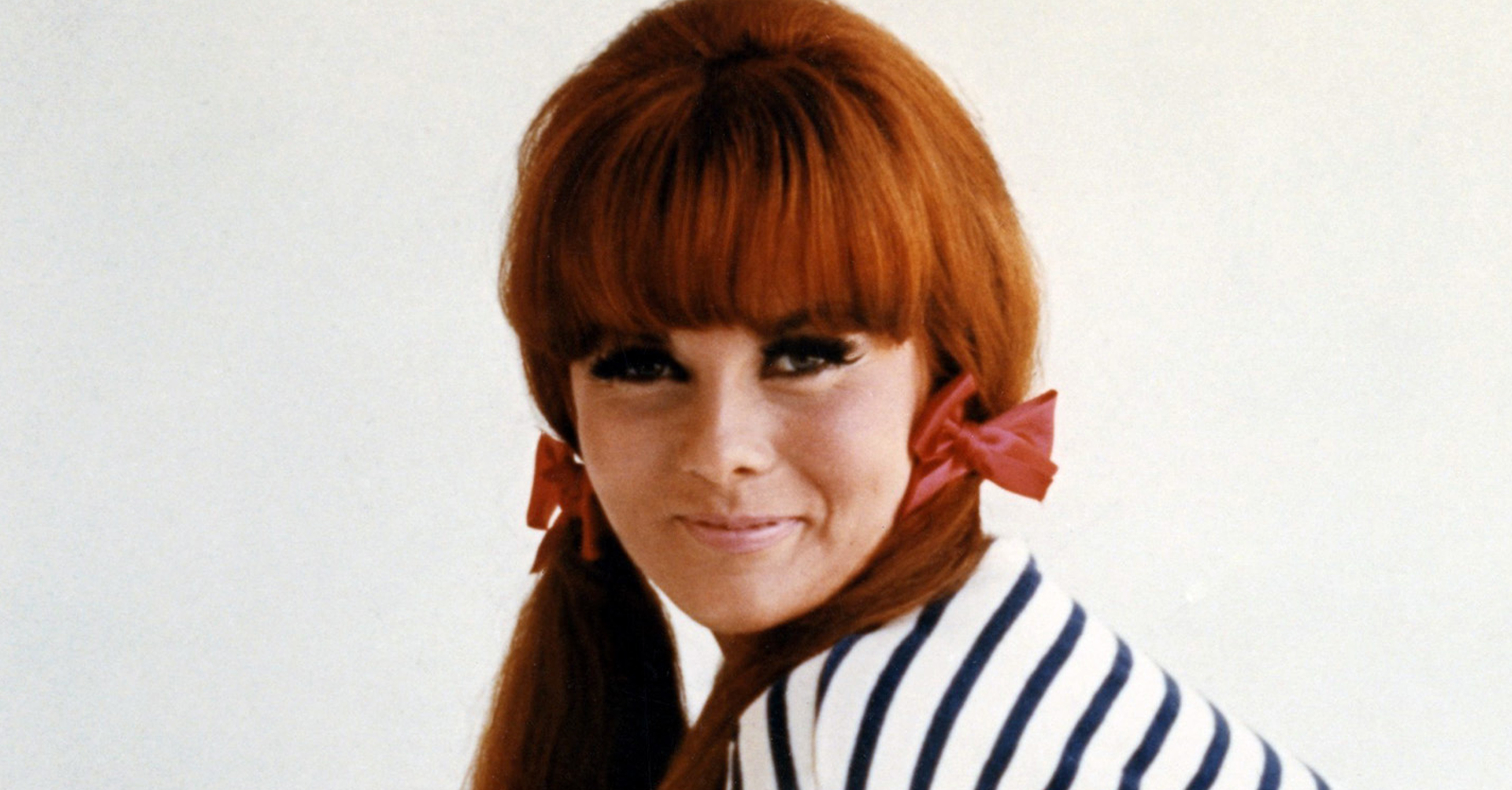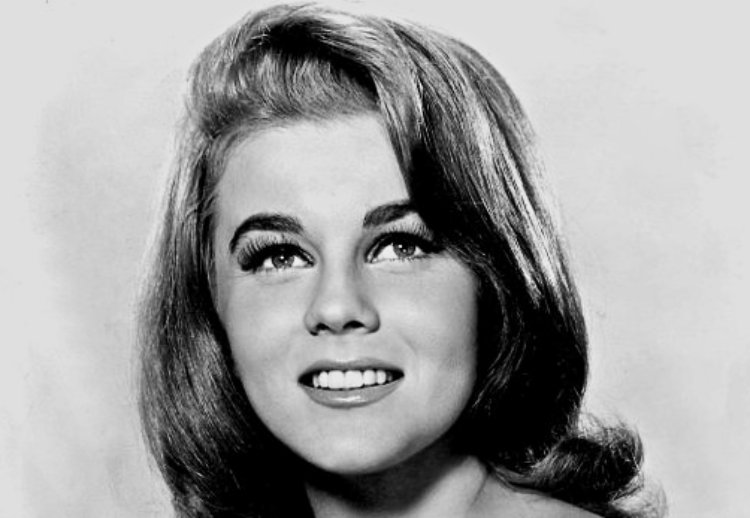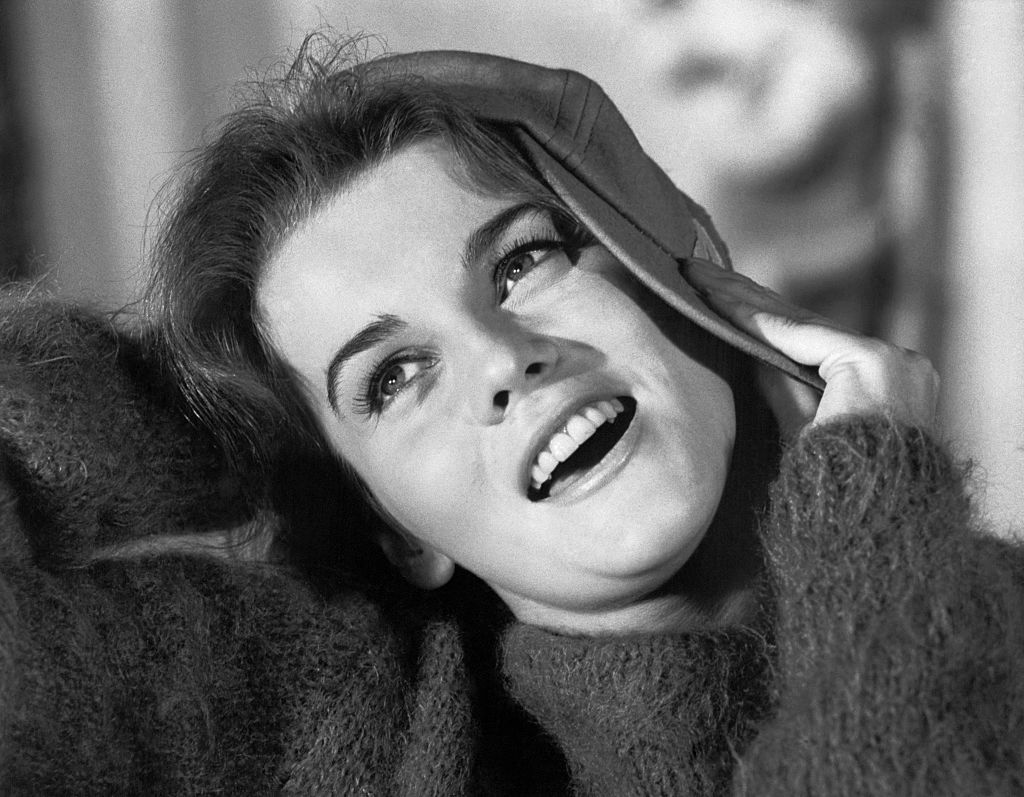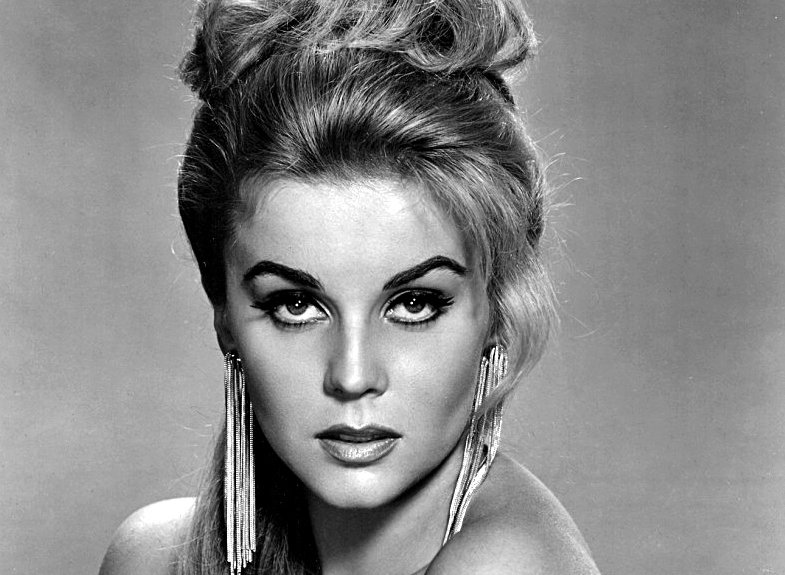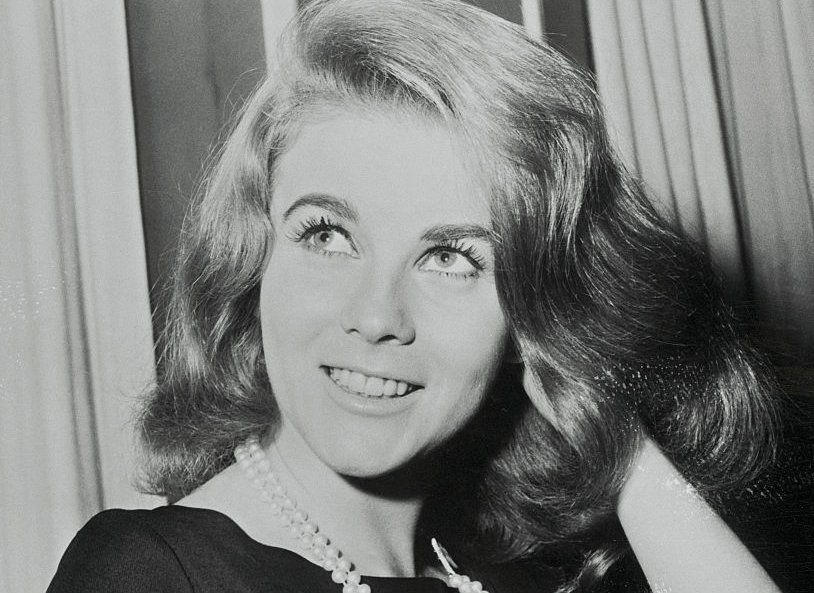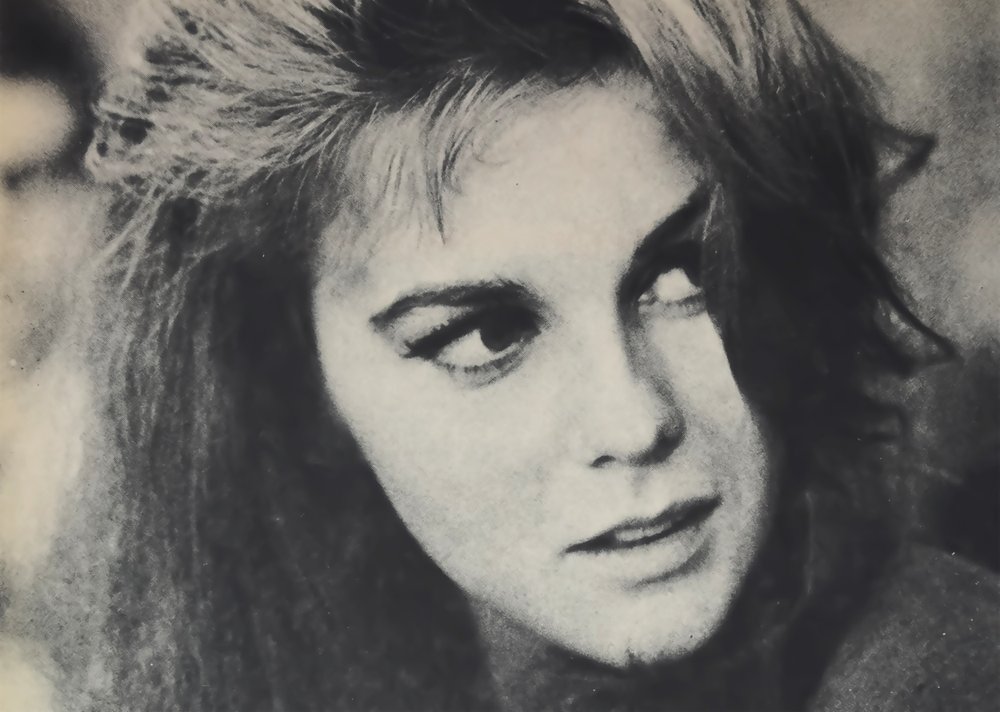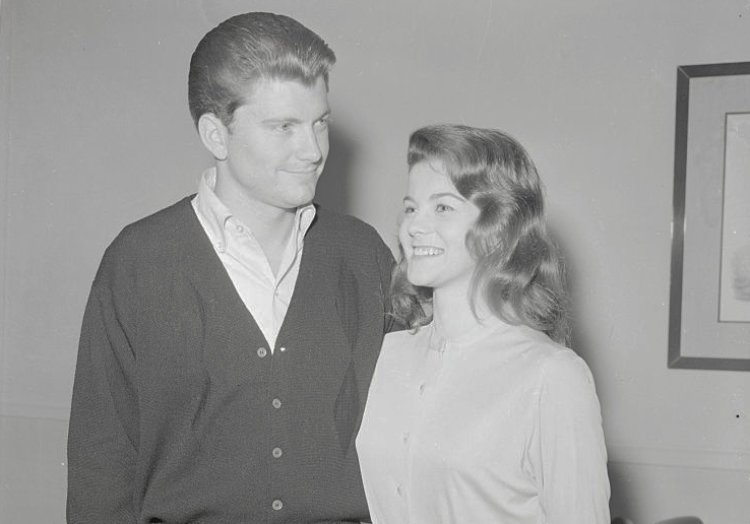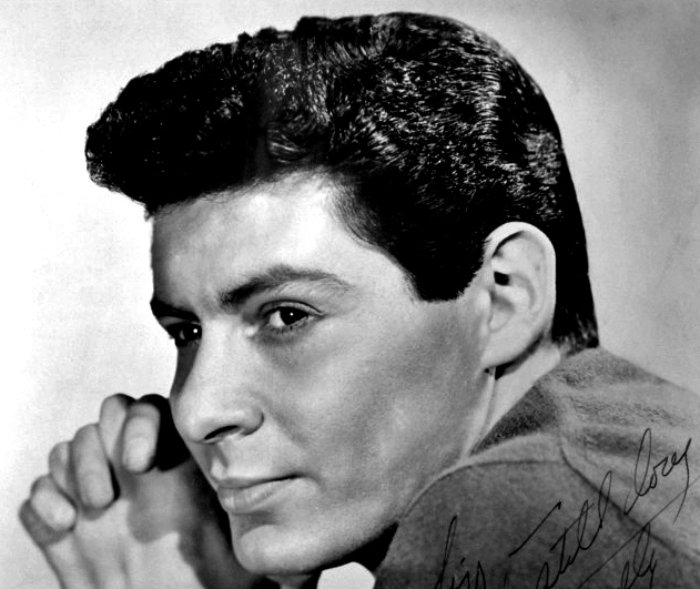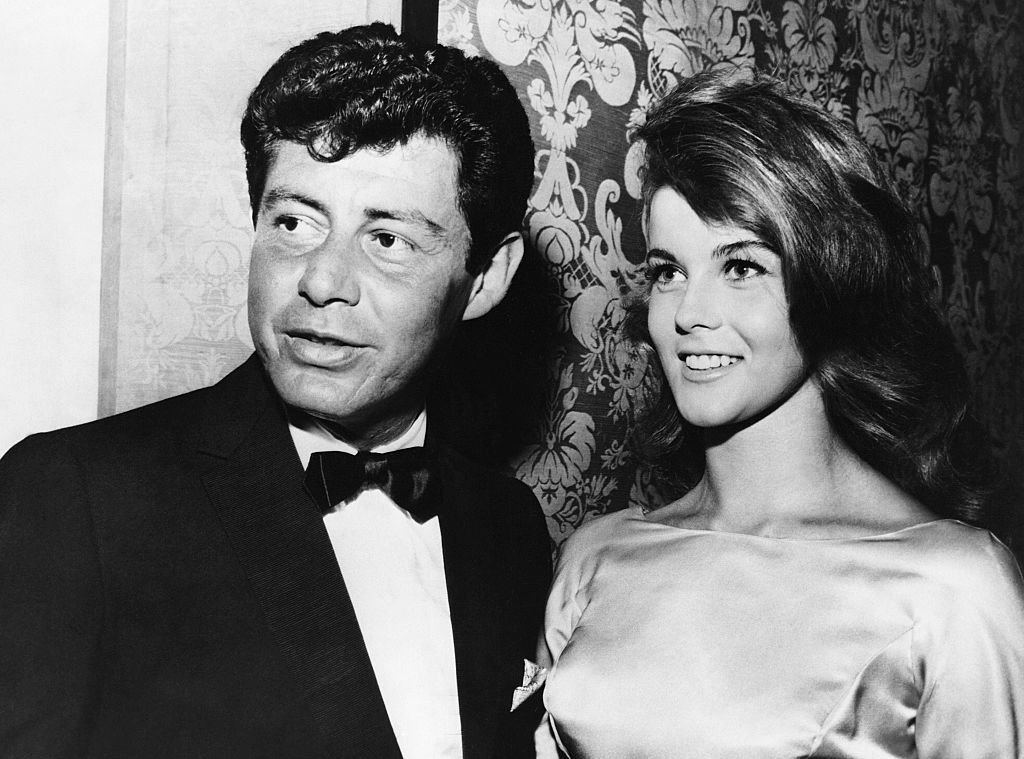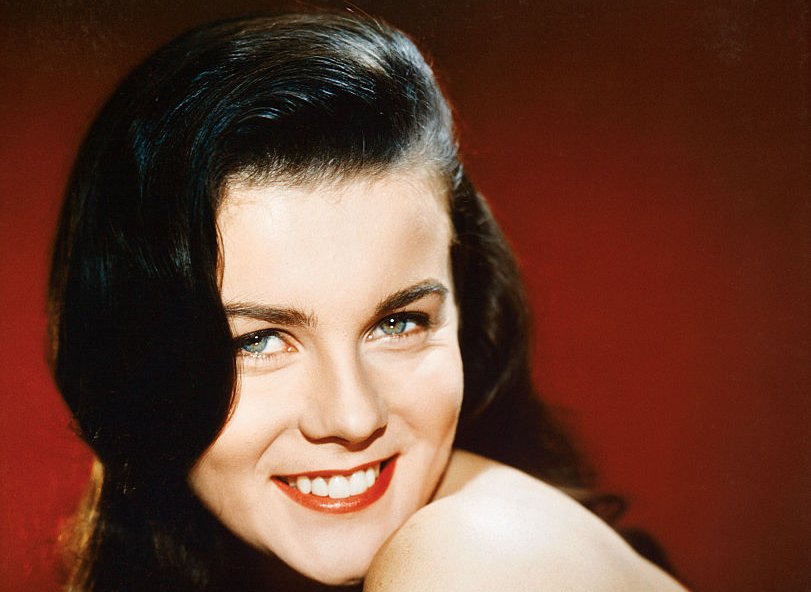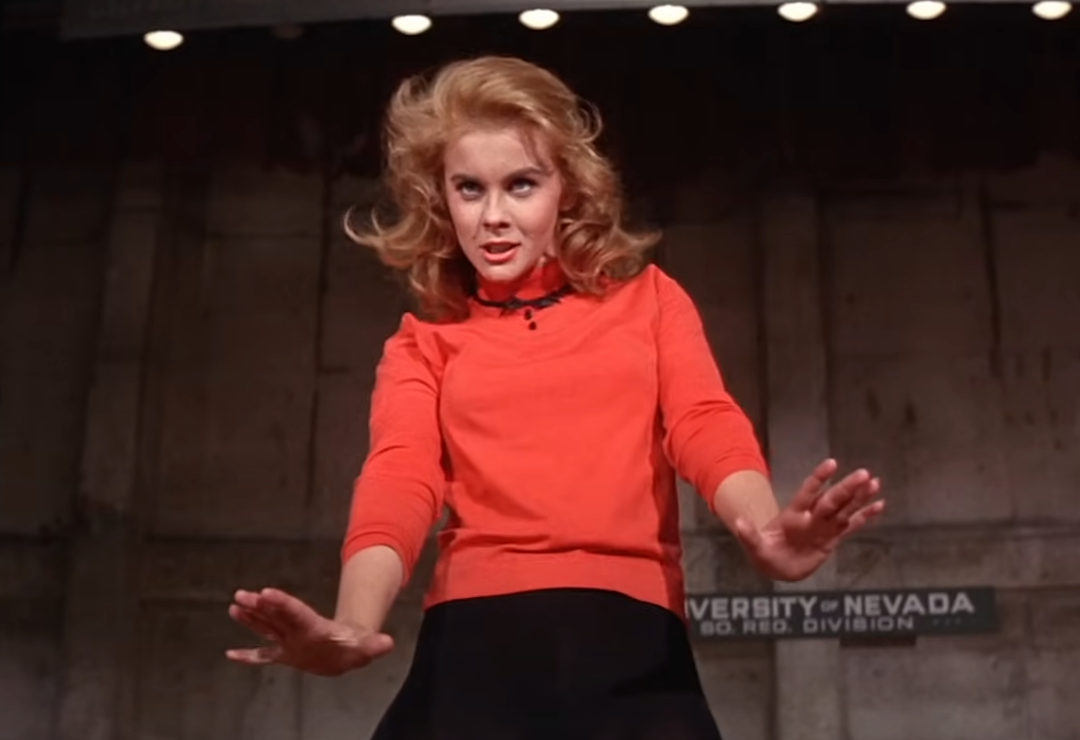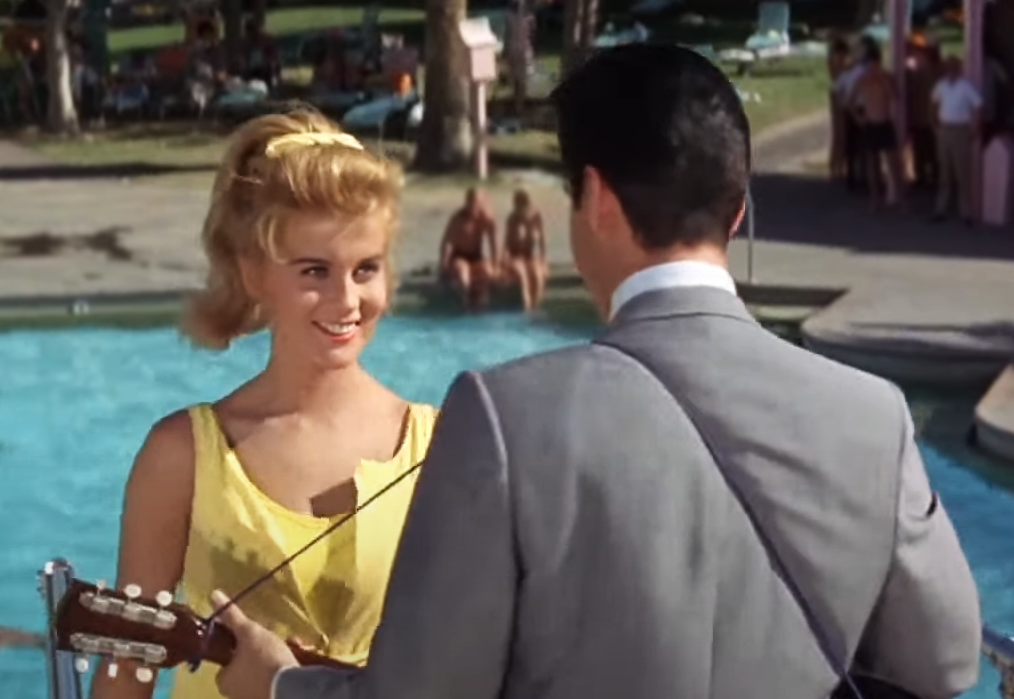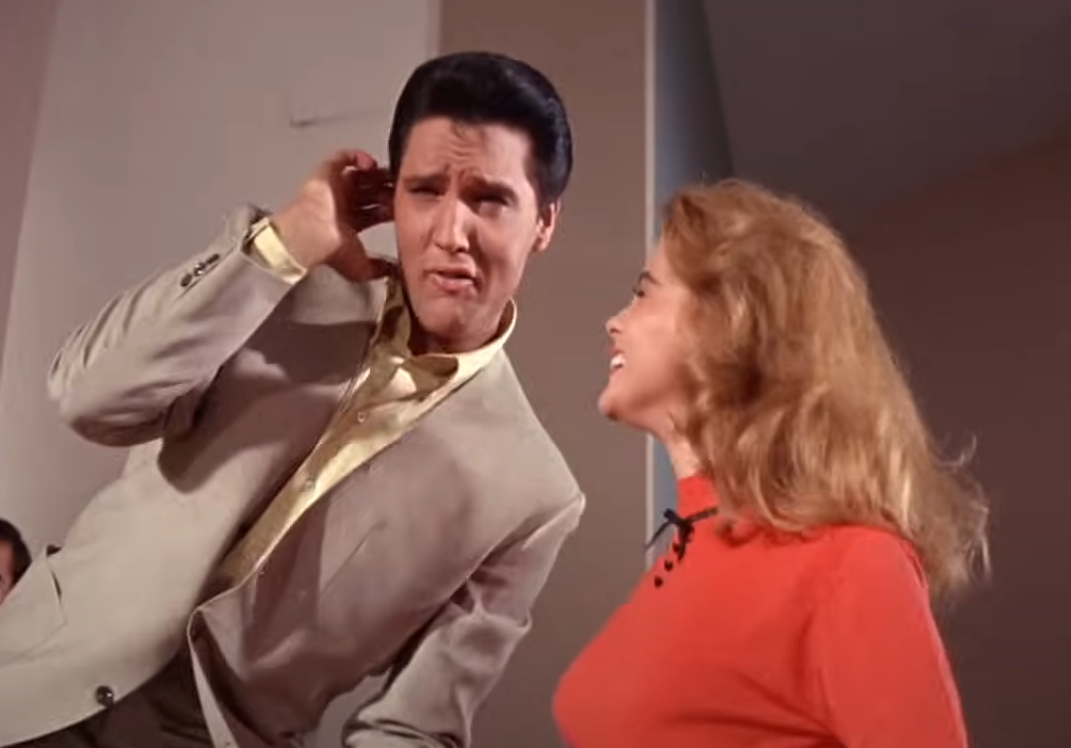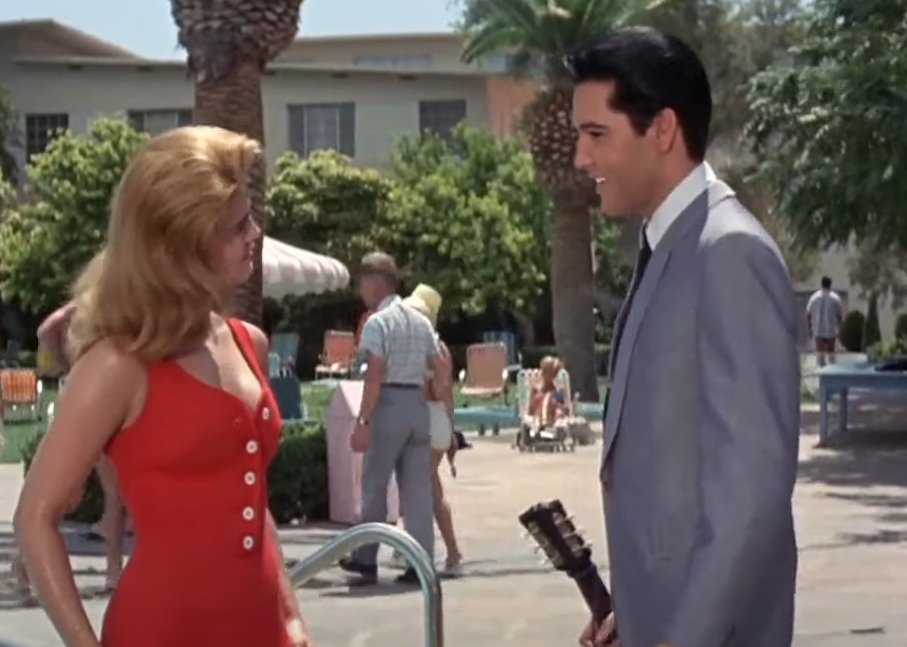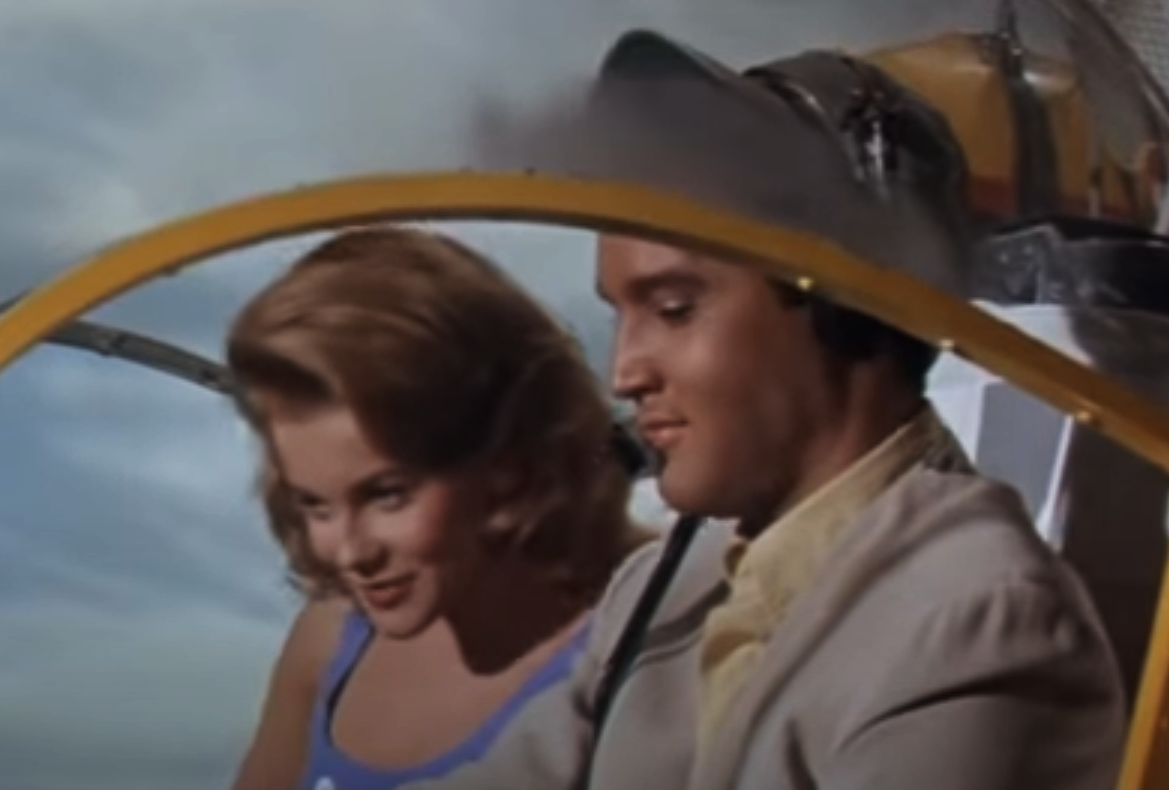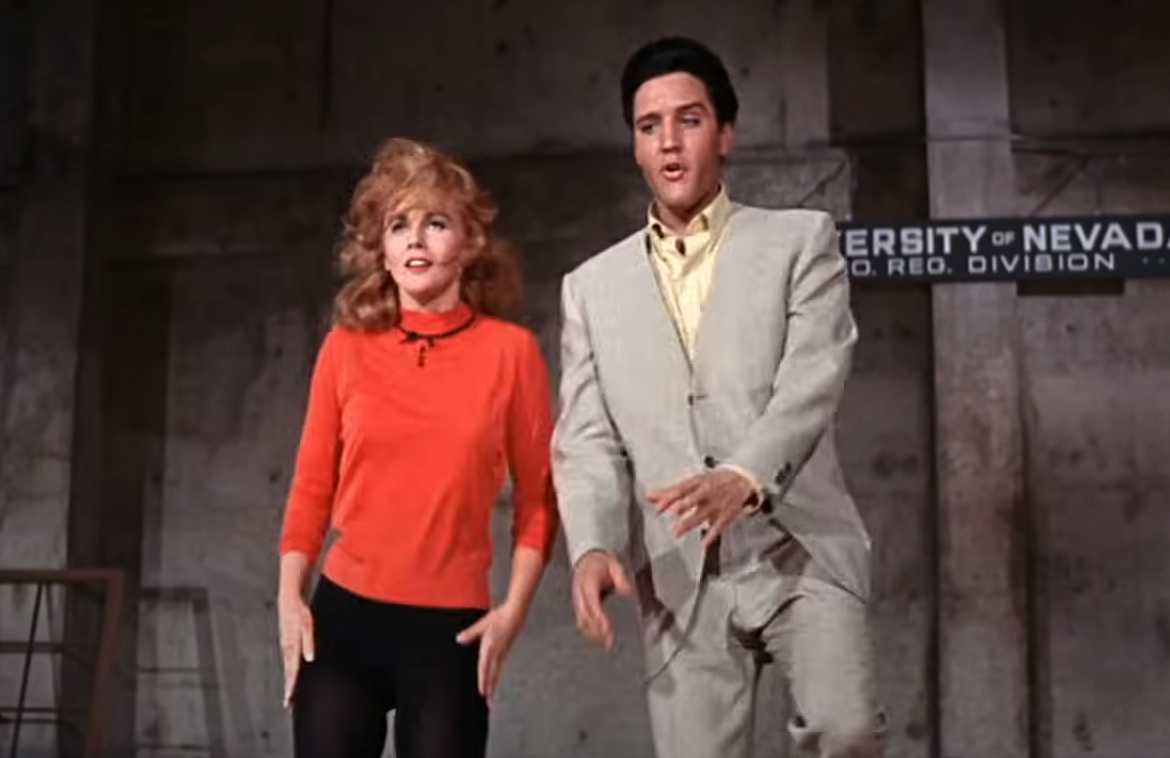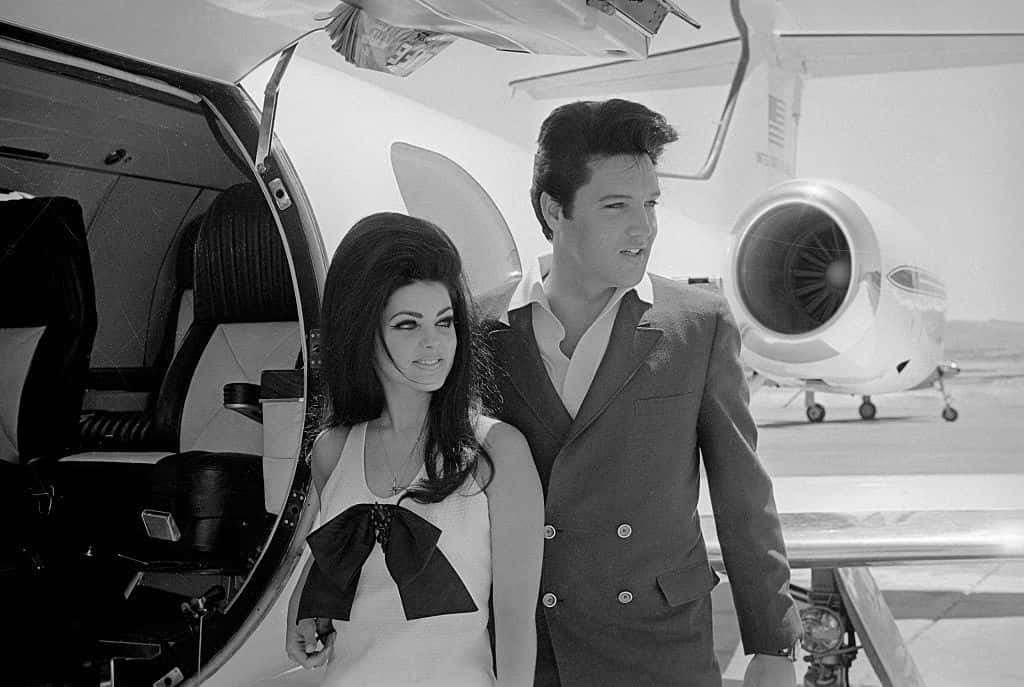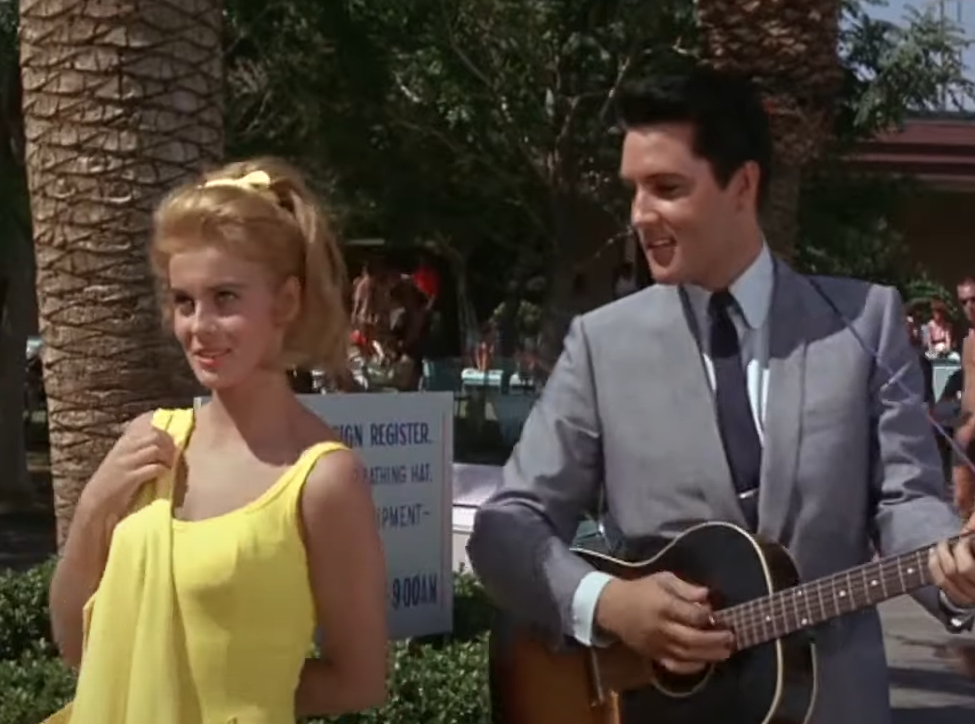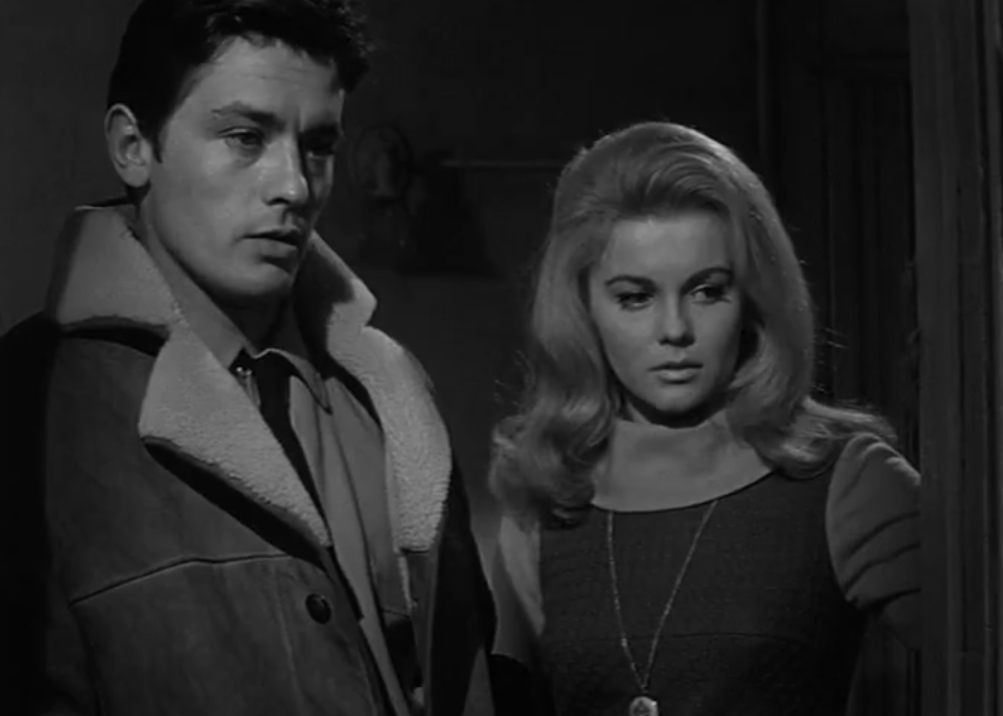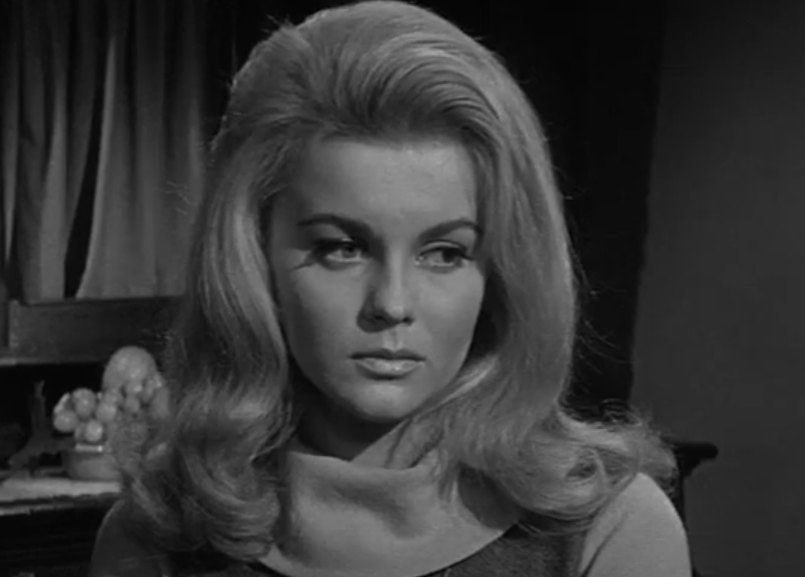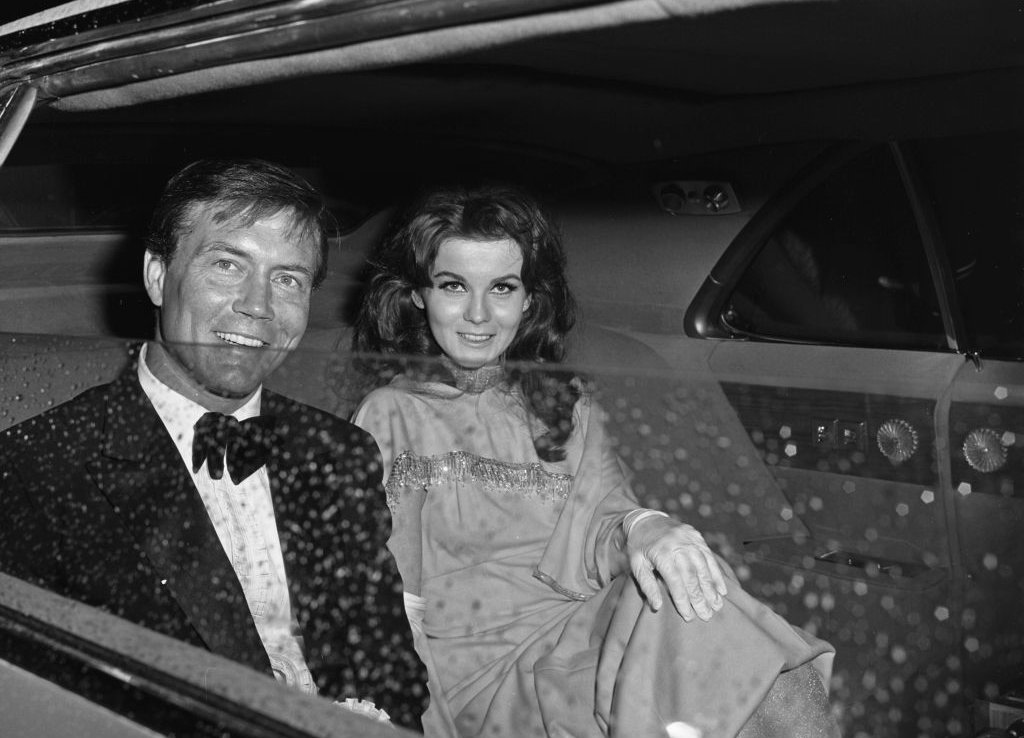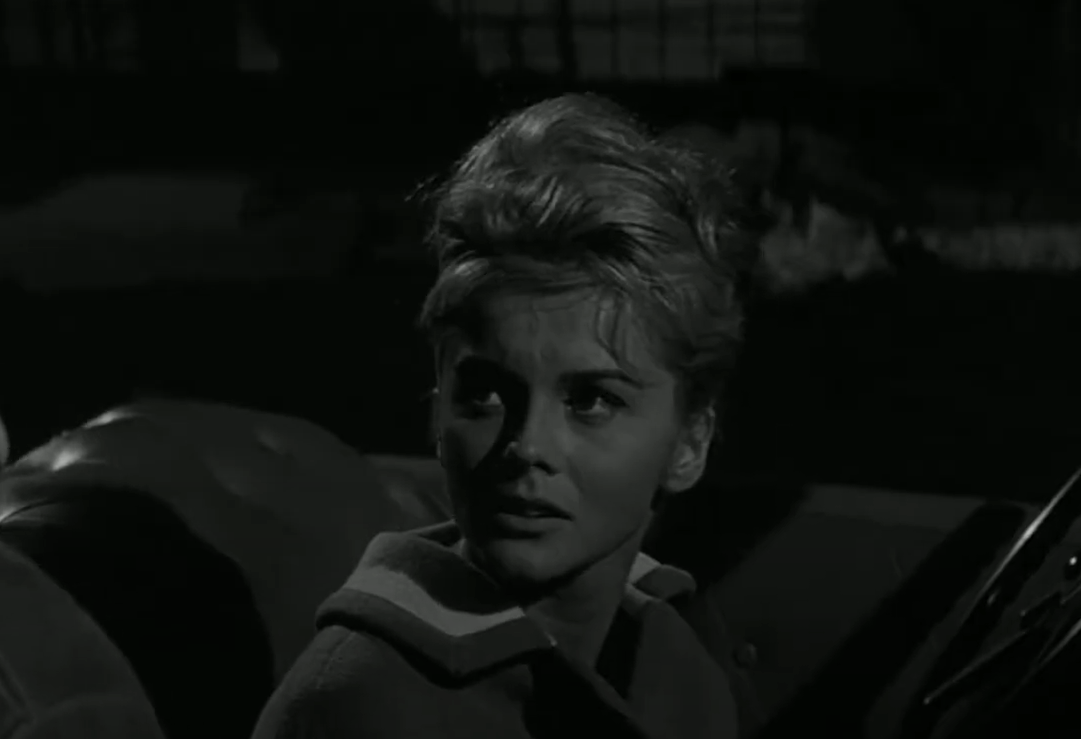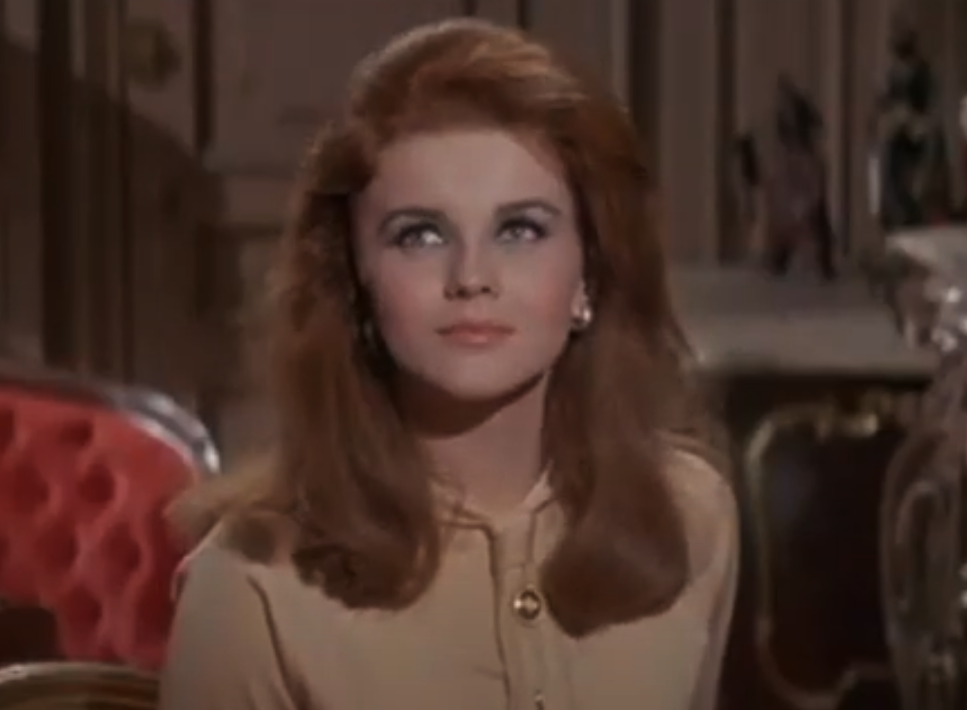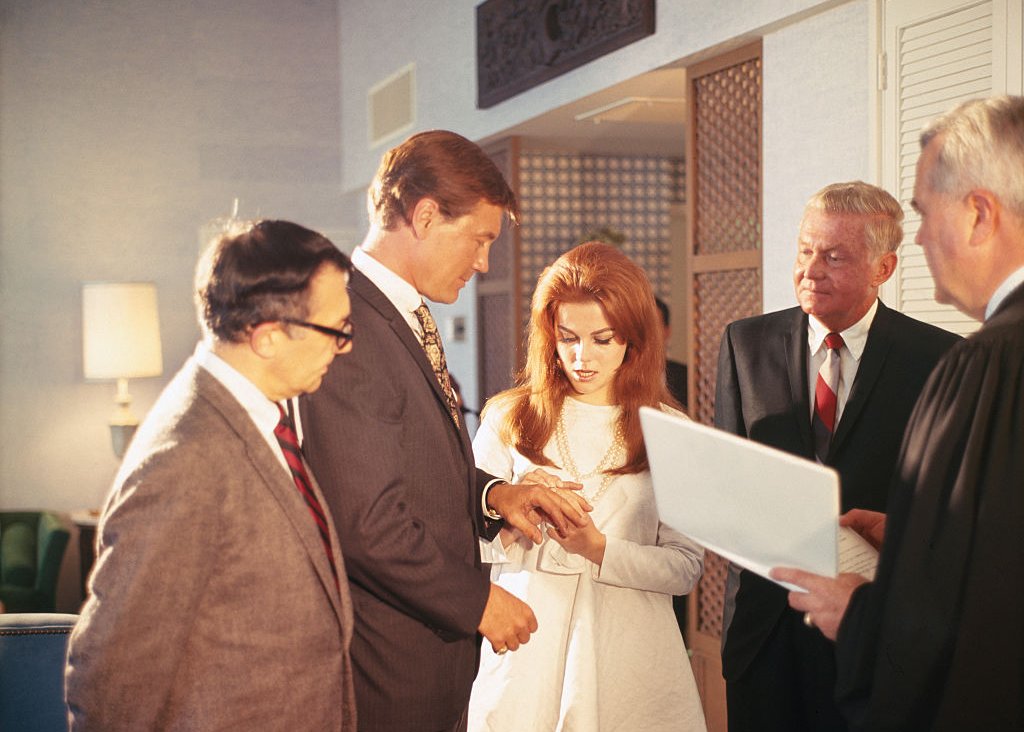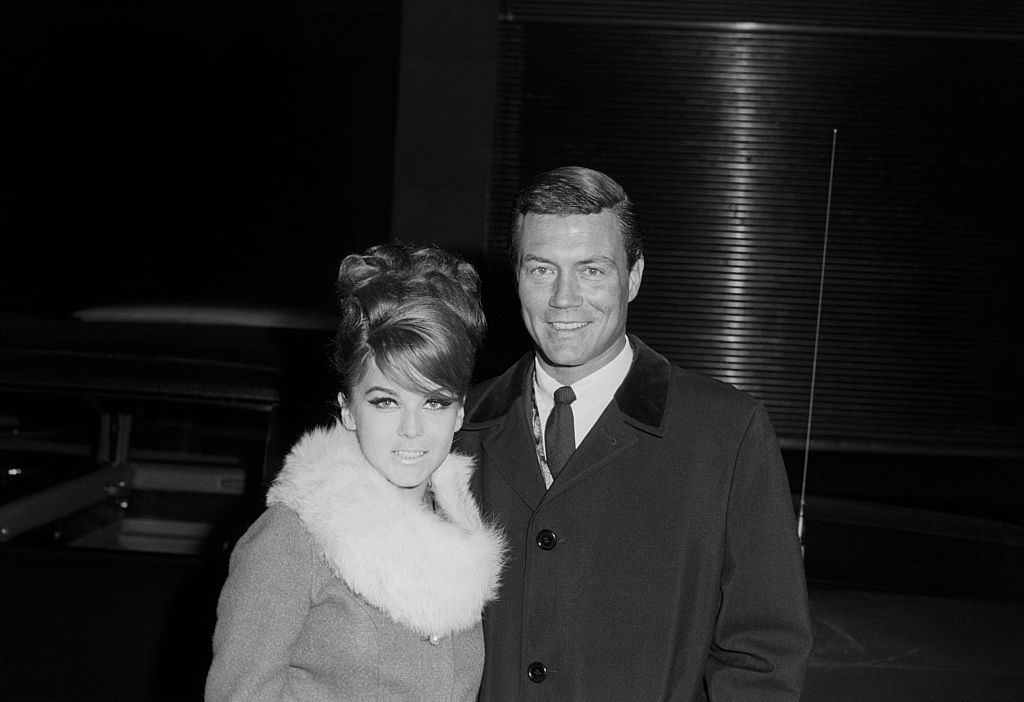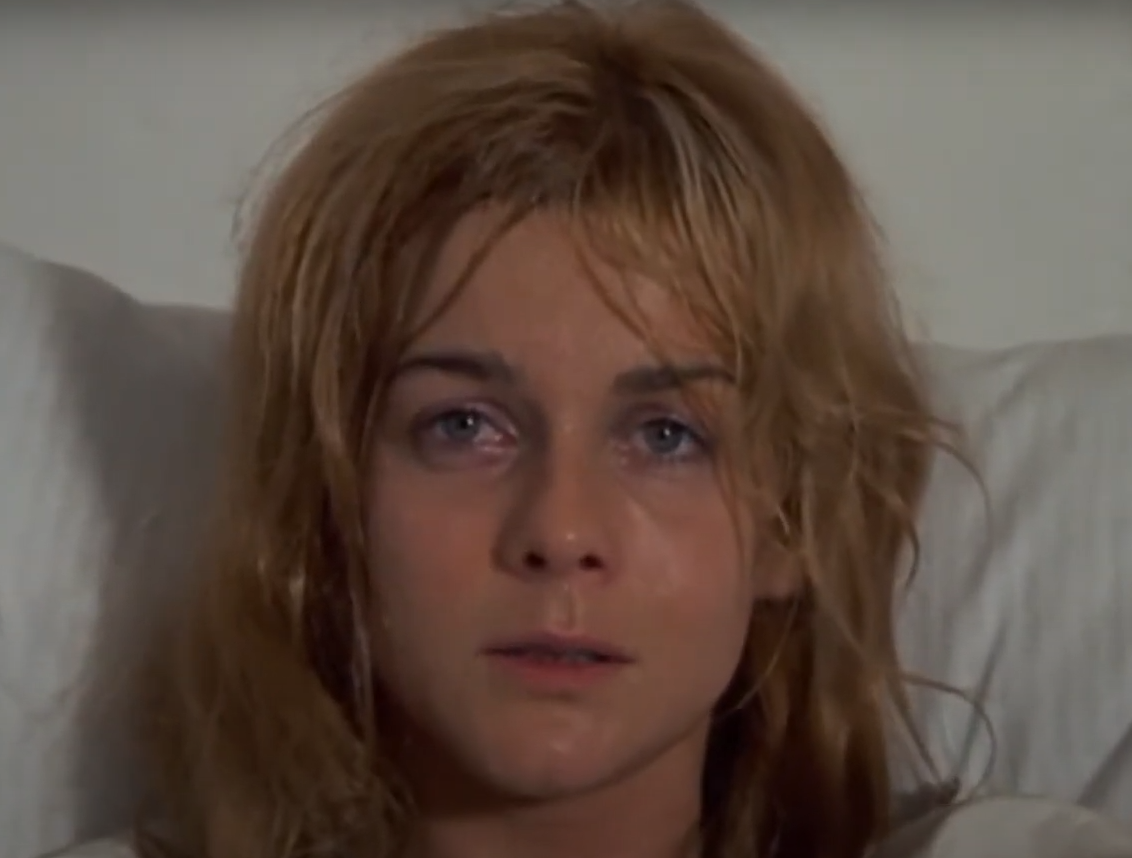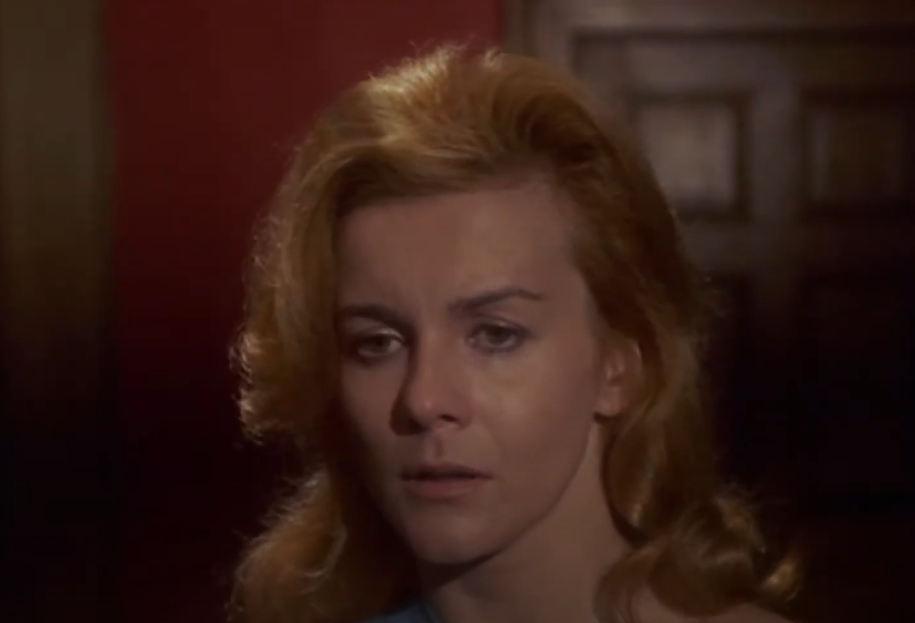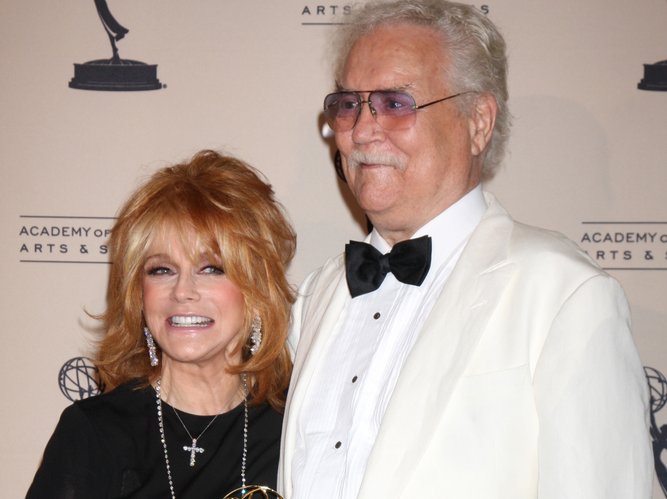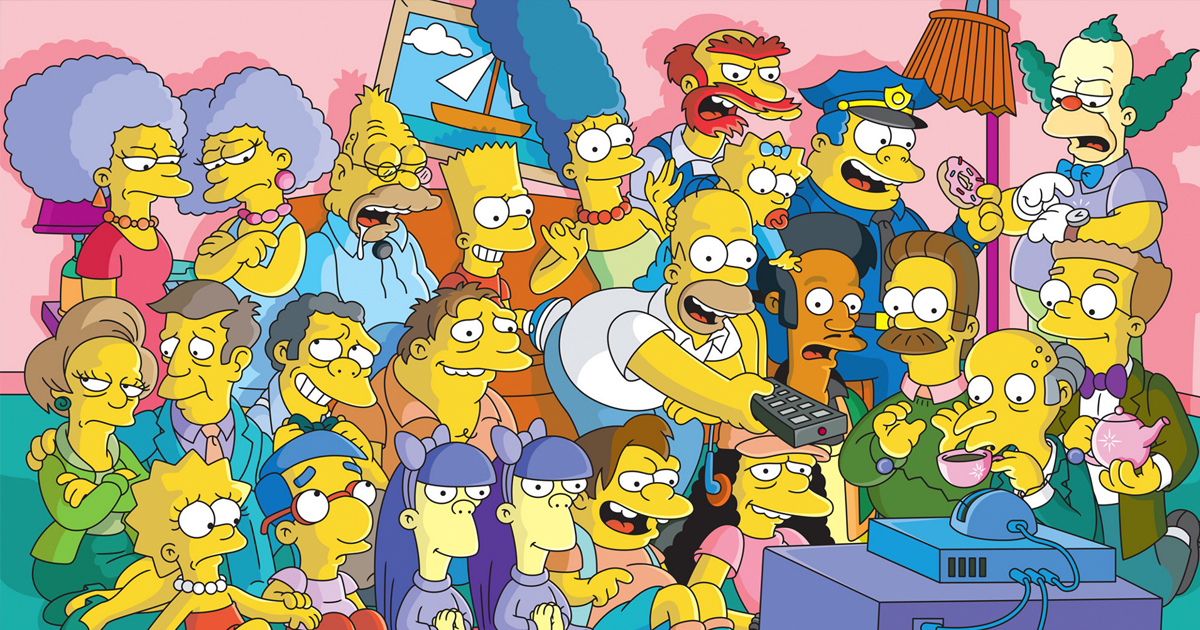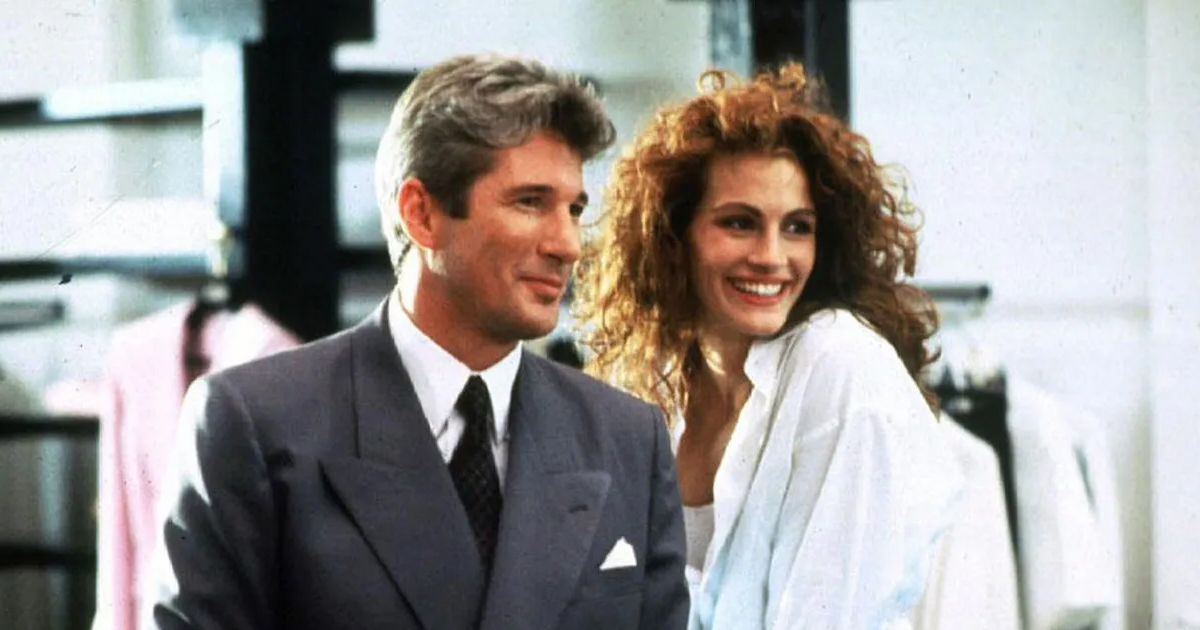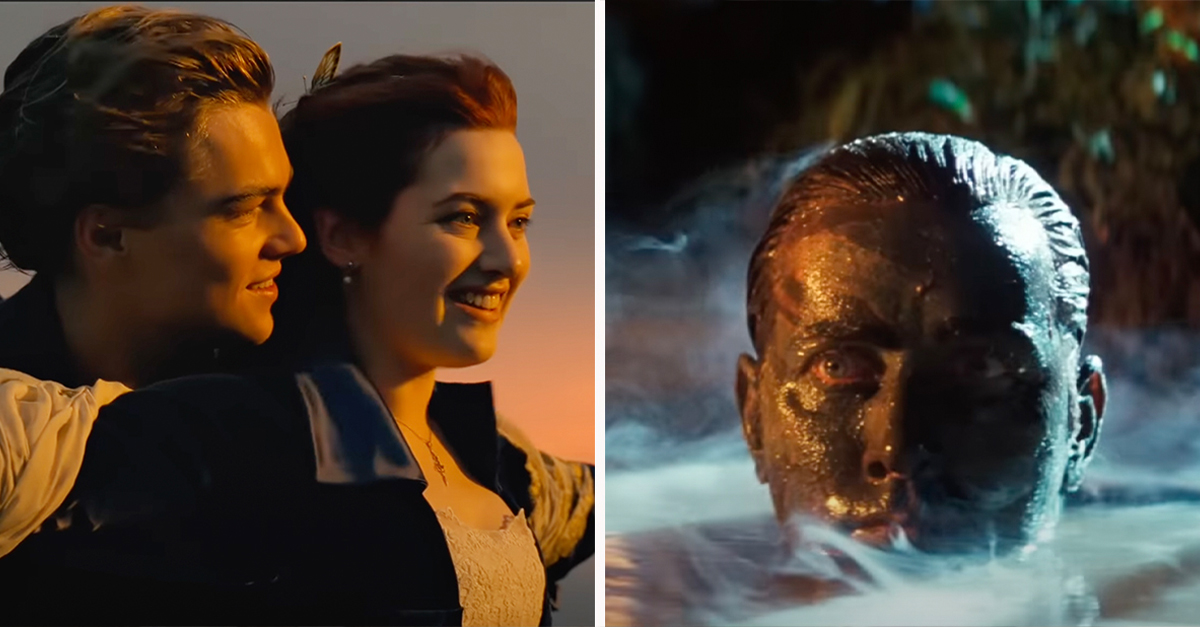She Almost Lost It
Ann-Margret became a Hollywood star so quickly and in such a big way that she barely had a chance to enjoy it. Then, a string of flops brought her down to earth with a thud. So, what was the problem? Well, that’s just one part of a Hollywood roller-coaster ride.
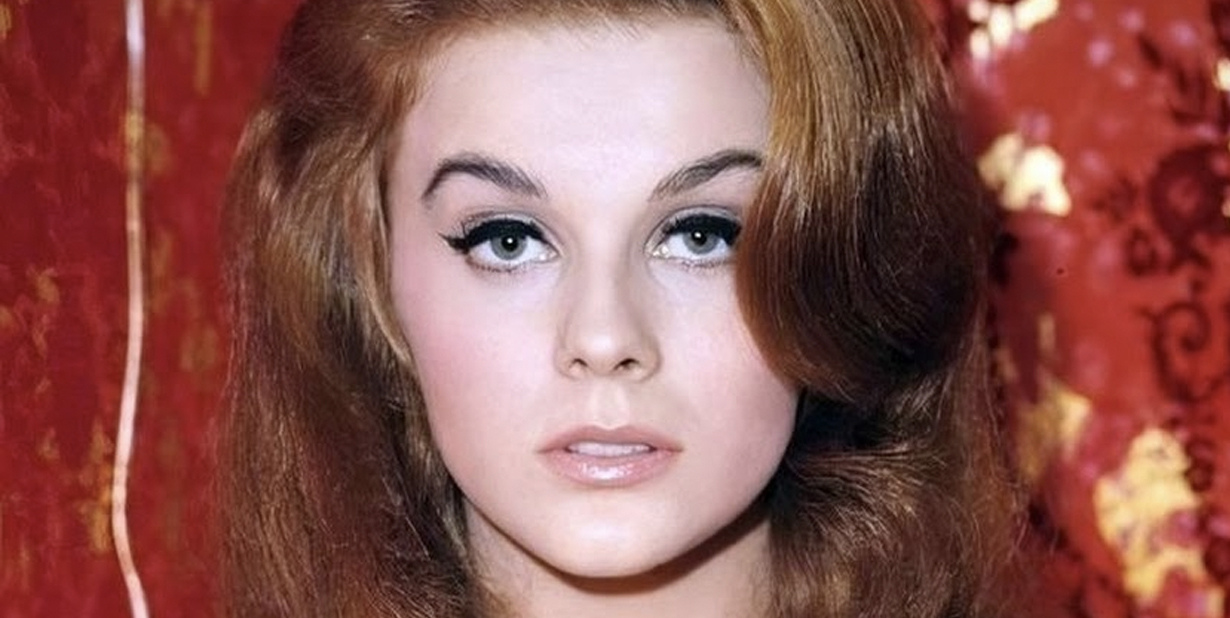
1. She Was Born Near The Pole
On April 28, 1941, Ann-Margret was born Ann-Margret Olsson in a little town in Sweden that she says was up near the Arctic Circle. Her dad had already lived in America, but he’d returned home to Sweden and started a family there. There was just one problem.
Once Ann-Margret was in the picture, her dad wanted to leave again.
2. She Was Good At Copying
Gustav Olsson wanted to return to the US, but his wife didn’t want to go with him. So he made a surprising decision—he went alone. The rest of the Olssons did eventually follow, and once they were all reunited in Chicago, Ann-Margret began to study dance.
Somehow, even at a young age, she was able to simply copy the steps of her teachers. Mom helped out by sewing her costumes. And then, a sudden tragedy changed everything.
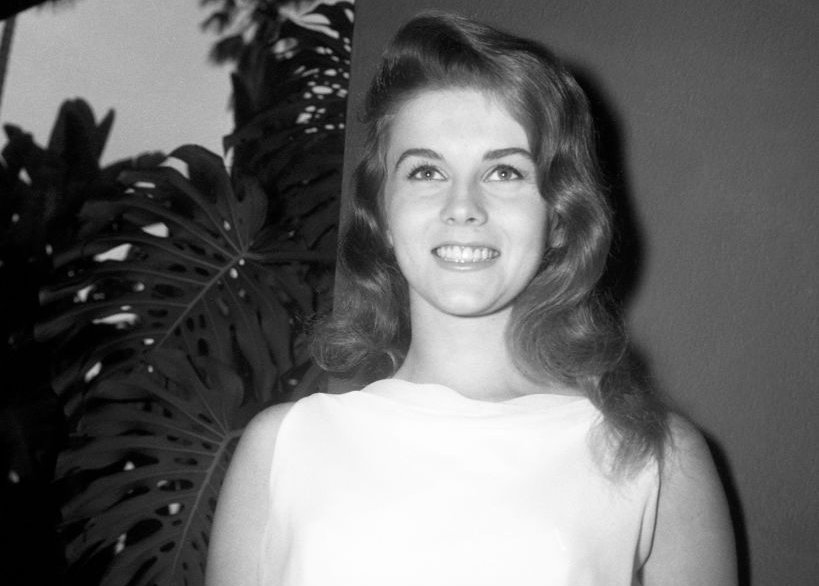 Silver Screen Collection, Getty Images
Silver Screen Collection, Getty Images
3. He Had An Accident
Gustav Olsson worked at a local electric company to support the family, but after he was involved in an accident there, he was unable to return to work. That’s when Ann-Margret’s mother Anna had to step up as the breadwinner—and made an odd career choice.
She became a receptionist…at a funeral parlor. While Mom dealt with morbid surroundings, Ann-Margret hit the airwaves.
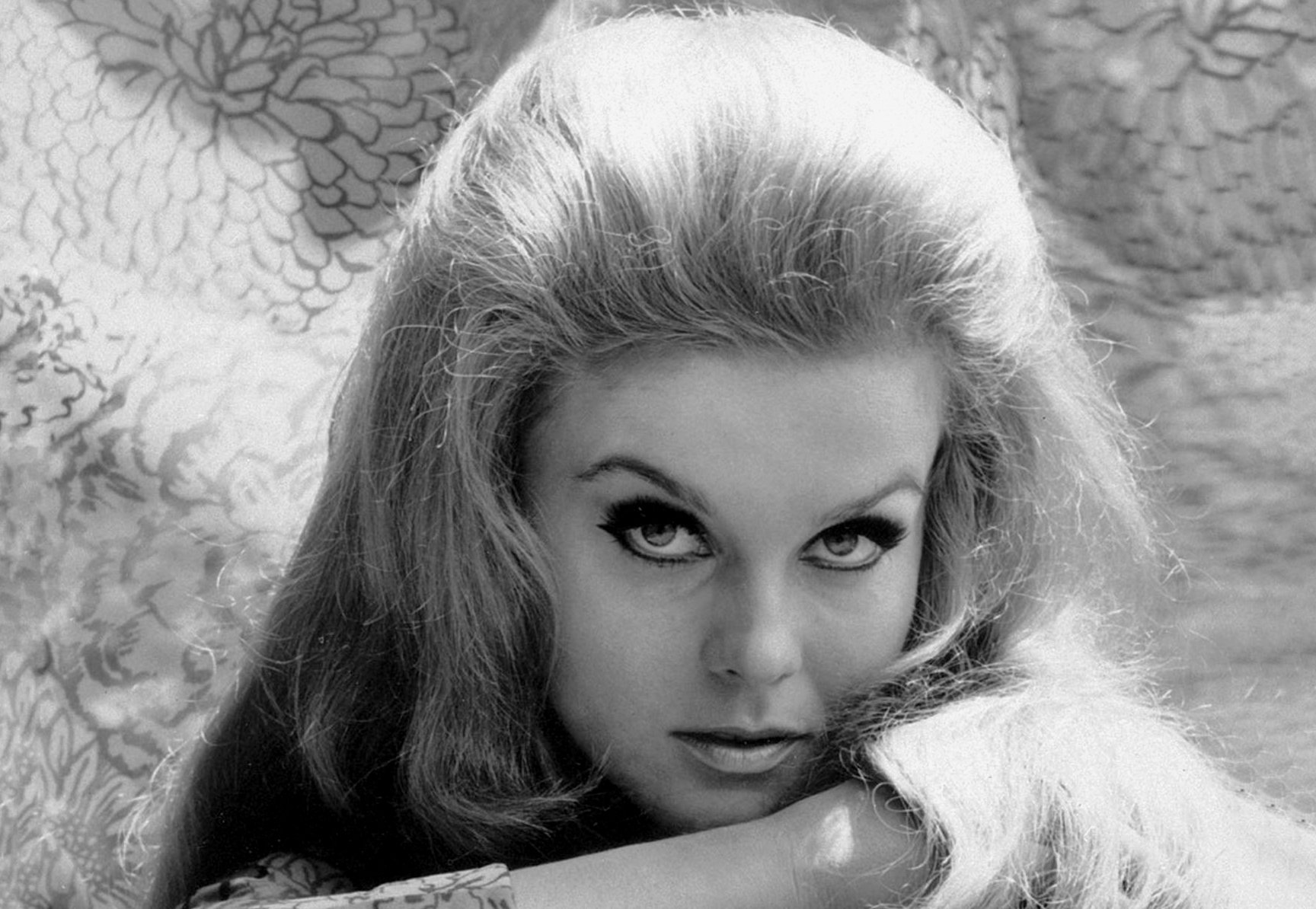 CBS Television, Wikimedia Commons
CBS Television, Wikimedia Commons
4. She Gained Experience
Even though Ann-Margret was an attractive young woman, she got her start on the radio. She was still a teenager when she performed on Don McNeill’s Breakfast Club and Ted Mack’s Amateur Hour. She also appeared in musicals at her high school. All this small-time experience was about to pay off big time.
5. She Headed To The Strip
Ann-Margret soon joined a group called the Suttletones, and they headed to Las Vegas. They got a gig at the Dunes Hotel which also featured stars like Tony Bennett and Al Hirt. Soon, word spread about the hot new act at the Dunes. That’s how comedian George Burns heard about her—and decided to check her out.
6. He Saw Something In Her
George Burns took one look at Ann-Margret and knew she’d be a star. He saw something in the way that Ann-Margret related to the audiences. Even before she sang, he could see how the crowd fell for her. Well, Burns was right.
Ann-Margret was about to have a very big year.
7. She Got A Nod
1961 was a big year for Ann-Margret. RCA Victor invited her to record for them. Her first album was And Here She Is…Ann-Margret. This got her a nomination for the Best New Artist Grammy. In this same year, she took her career in a whole new, exciting direction.
8. She Got Thrown To The Wolves
The same year she won a Grammy, Ann-Margret got a call from 20th Century Fox. They wanted to give her a screen test. Things snowballed incredibly quickly. Based on the test, the studio offered her a contract for seven years. But, strangely enough, the first thing 20th Century Fox did was loan her out to another studio.
Little did Ann-Margret know, she was about to meet a very frightening woman.
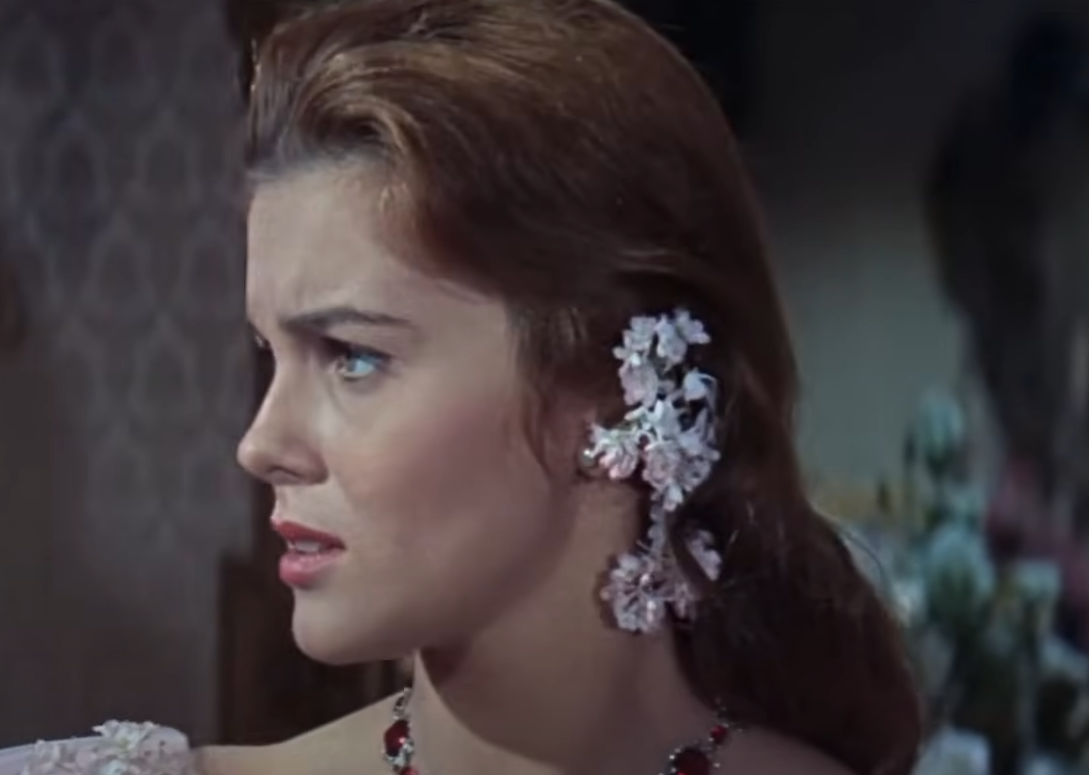 Franton Productions, Pocketful of Miracles (1961)
Franton Productions, Pocketful of Miracles (1961)
9. She Was Scary
Fox lent Ann-Margret to a different studio for her first feature film. It was her big break—but there was a cruel twist. She was paired with Bette Davis, who just happened to be one of the scariest women in Hollywood at the time. The film was titled Pocketful of Miracles, and one of the miracles was that they actually finished it.
The two stars—Davis and Glenn Ford—did not get along one bit.
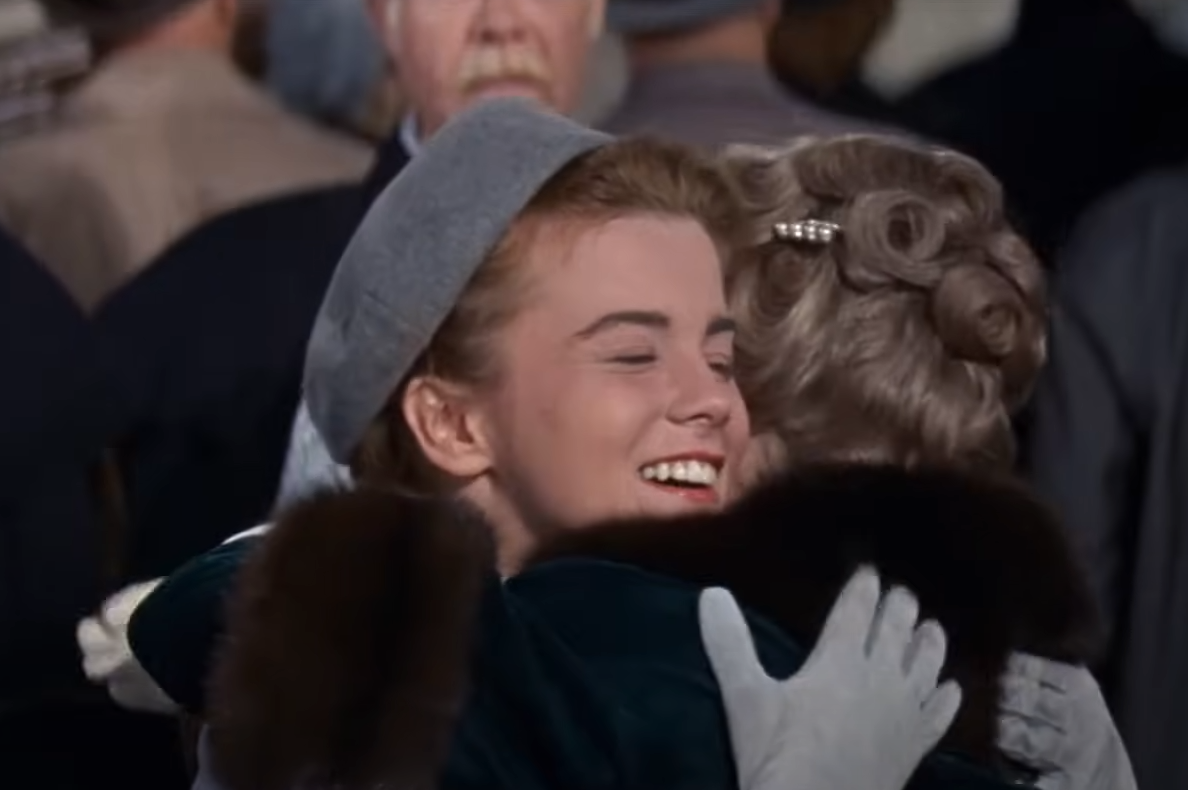 Franton Productions, Pocketful of Miracles (1961)
Franton Productions, Pocketful of Miracles (1961)
10. It Was A Painful Experience
The fights between Davis and Ford on Pocketful of Miracles made the director later describe the filming as “an atmosphere of pain, strain, and loathing”. But Ann-Margret did her best to avoid the drama where she could, and her hard work paid off.
She came out of it with a Golden Globe for New Actress of the Year.
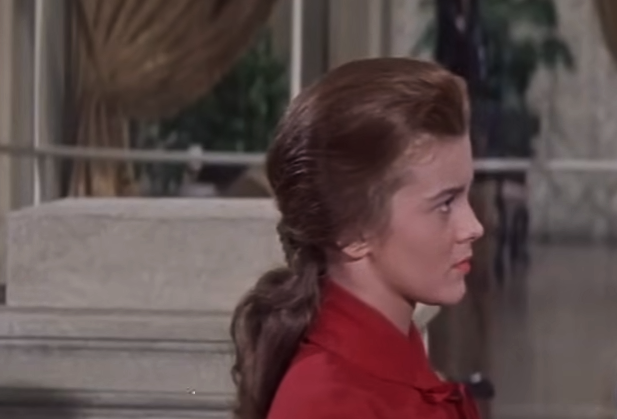 Franton Productions, Pocketful of Miracles (1961)
Franton Productions, Pocketful of Miracles (1961)
11. She Gave Him A No
In 1962, Ann-Margret was dating Burt Sugarman, a budding TV producer, when he suddenly thrust a diamond ring in her direction. She hadn’t seen it coming and had no idea what to do.. Her parents advised her that she was too young to marry, so Ann-Margret made a heartbreaking decision. She gave back the ring.
12. She Wowed Them
While the Academy of Motion Picture Arts and Sciences hadn’t honored Ann-Margret with a nomination, they still wanted her to sing at the ceremony. At the 1962 awards, she wowed the crowd with the theme song for the comedic movie Bachelor in Paradise. There was someone in the audience that day who had his breath taken away by Ann-Margret.
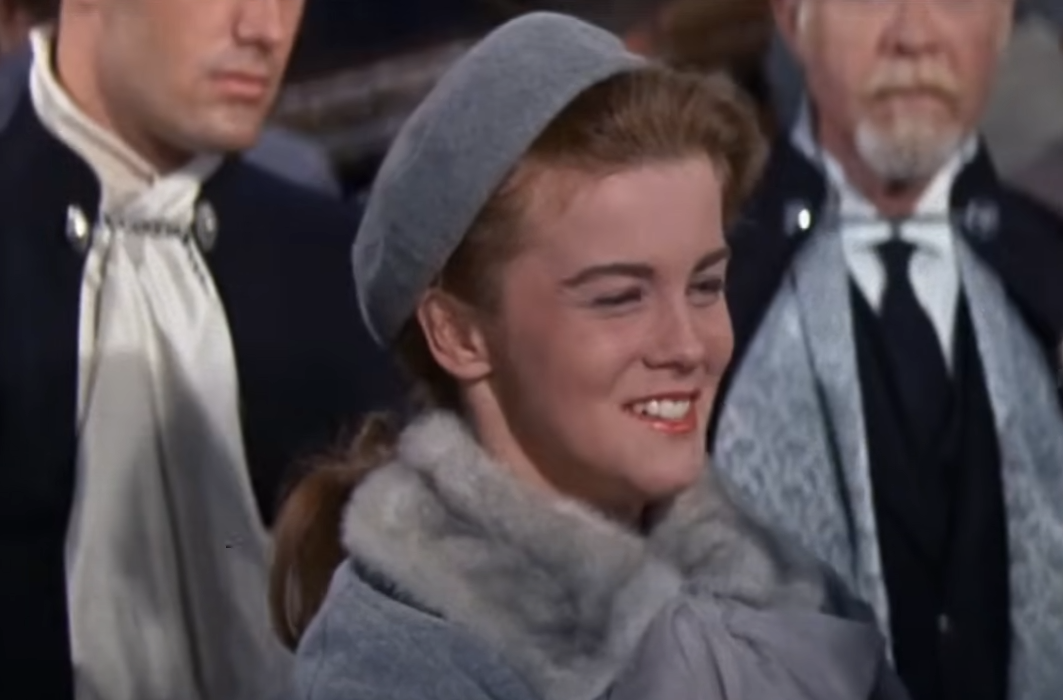 Franton Productions, Pocketful of Miracles (1961)
Franton Productions, Pocketful of Miracles (1961)
13. He Was Between Marriages
The man who Ann-Margret had wowed was none other than Eddie Fisher—and his reputation preceded him. Just a few years before, Fisher had infamously left his first wife, Debbie Reynolds, for her best friend, Elizabeth Taylor. He was fresh off his breakup from Taylor when he asked out Ann-Margret—and her parents certainly had something to say about it.
14. They Couldn’t Be Alone
Ann-Margret was more than a dozen years younger than Fisher, and her parents were wary of letting her go on a date with him. So, they came up with an ingenious—and humiliating—plan to protect their daughter. They decided to accompany the two on their first few dates.
15. She Had A Chance At Two
The next film Ann-Margret was in was back with Fox. This was the Rodgers and Hammerstein musical State Fair, where there were two roles she was perfect for: a good girl and a bad girl. After she auditioned for Margie—the good girl—the team was sure this was the role for her. Then they asked her to sing the bad girl’s song.
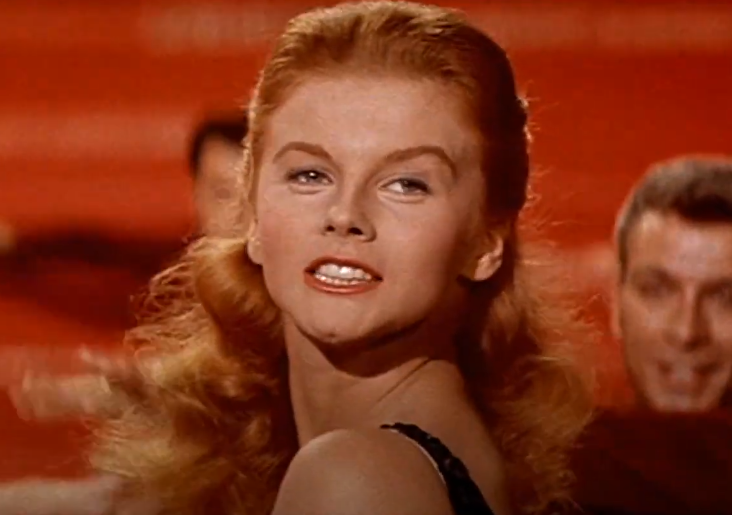 Twentieth Century, State Fair (1962)
Twentieth Century, State Fair (1962)
16. She Wowed Them
For the role of Emily—the bad girl—the producers had her sing the jazz standard “Won’t You Come Home, Bill Bailey”? Ann-Margret wowed the casting team and scored the more complex character of Emily. And the truth was, the real Ann-Margret was both naughty and nice.
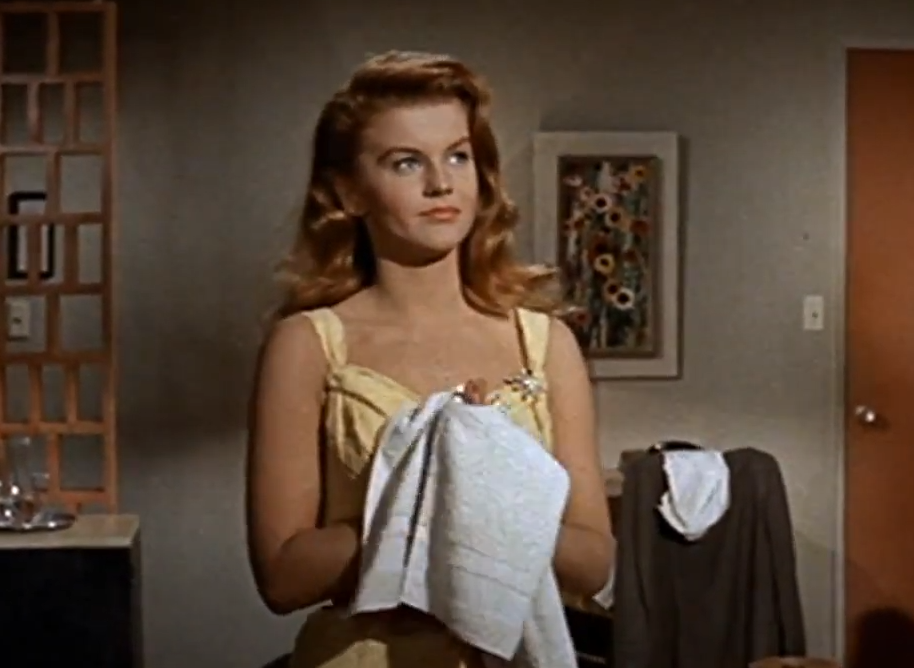 Twentieth Century, State Fair (1962)
Twentieth Century, State Fair (1962)
17. She Had Two Sides
Ann-Margret said that the two roles on offer mirrored her real-life situation. She was, by nature, shy and rather reserved. It was only when she performed that a different—more outgoing—personality emerged. The producers of the film wanted to leave nothing to chance, so they asked her for a change.
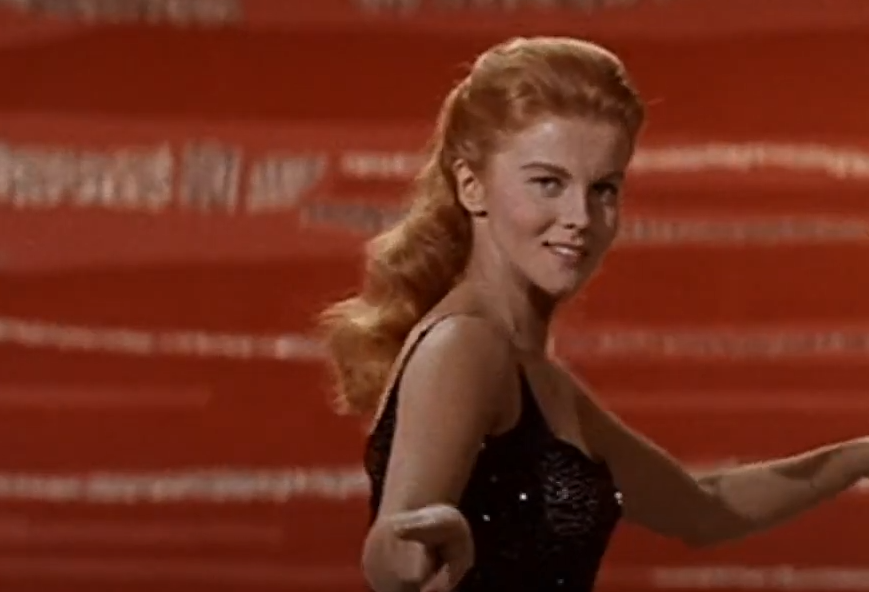 Twentieth Century, State Fair (1962)
Twentieth Century, State Fair (1962)
18. She Never Looked Back
Even though today Ann-Margret remains famous for her red hair, back then she was a brunette. The filmmakers thought that red hair would be a better accompaniment to Emily’s fiery personality. And so, Ann-Margret dyed her hair and stuck with it.
19. She Got Short Changed
Even though Ann-Margret was one of the leads in State Fair, she had signed her contract with Fox back when she was a nobody. The consequences were brutal. Because the old contract bound her, she only earned $500 a week for a lead role in a big-budget movie.
Well, when you’re as talented as Ann-Margret, there were more ways to make money than just movies.
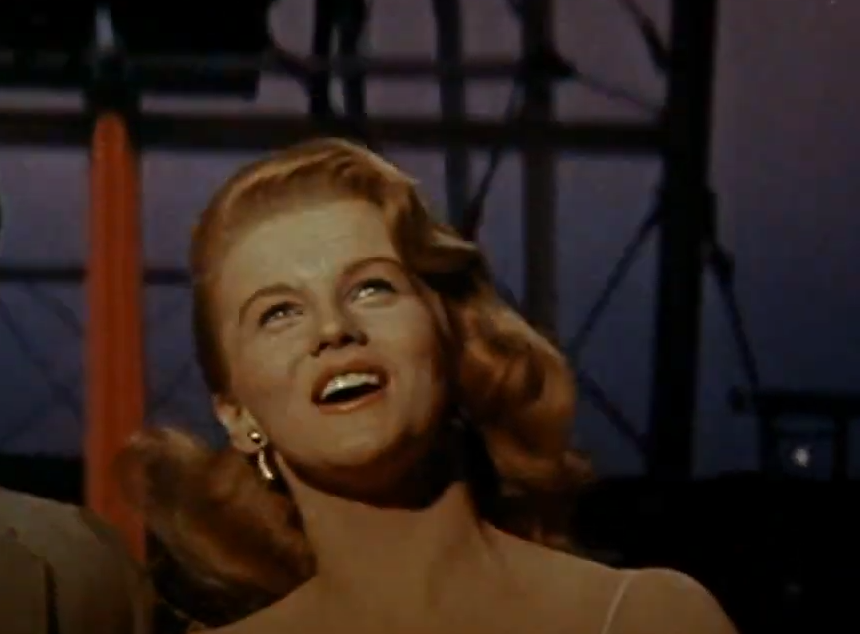 Twentieth Century, State Fair (1962)
Twentieth Century, State Fair (1962)
20. She Copied The King
RCA Victor was trying to make Ann-Margret into a major recording artist. They got this idea that she could be a sort of female Elvis Presley. To do this, they had her record Presley’s “Heartbreak Hotel”. Audiences liked it, and her second album was a huge success and the Grammys named her Best New Artist.
She was becoming a huge sensation—and it was to get her into trouble.
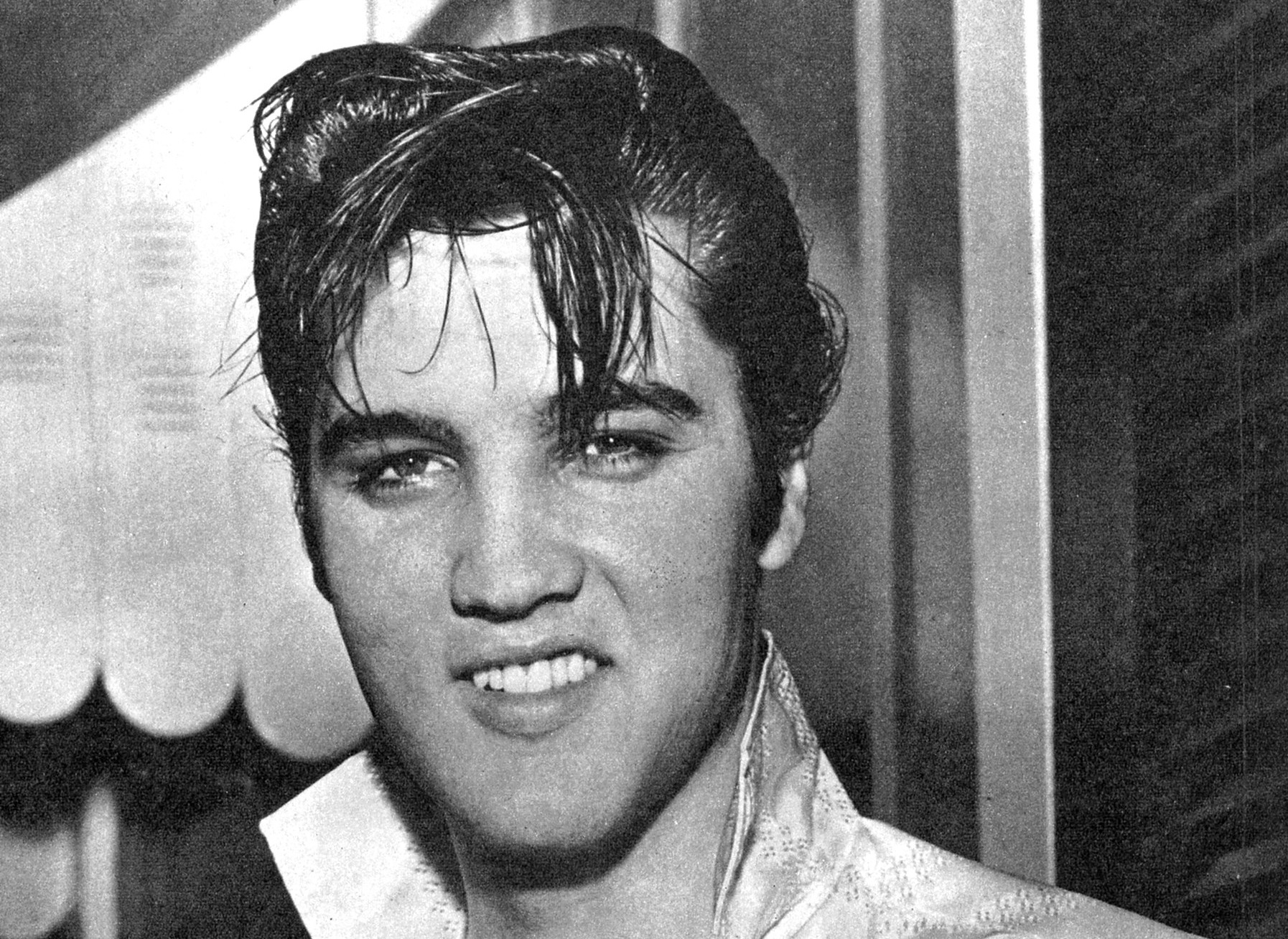 Rossano aka Bud Care, CC BY 2.0, Wikimedia Commons
Rossano aka Bud Care, CC BY 2.0, Wikimedia Commons
21. He Couldn’t Stop Looking
Director George Sidney was out on a date on New Year’s Eve in 1961 when he went to the Sands Casino—but he wasn’t exactly keeping his mind on the woman he’d brought with him. He couldn’t keep his eyes off one of the performers.
It was Ann-Margret, and he quickly made her an offer.
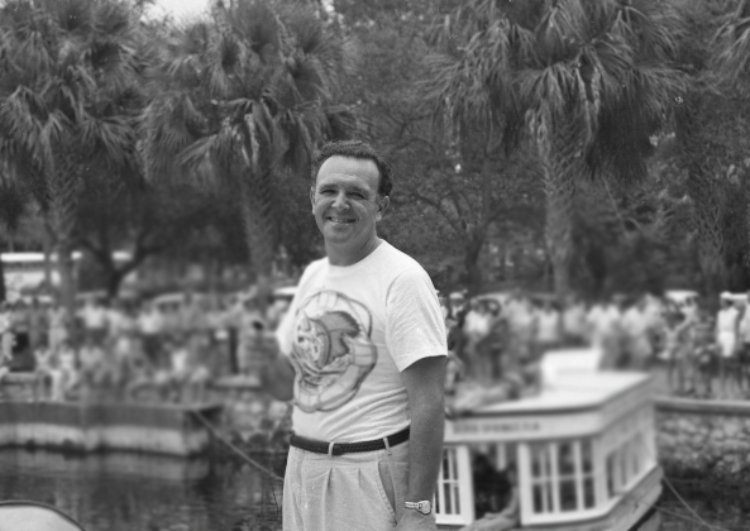 Bruce Mozert, Wikimedia Commons
Bruce Mozert, Wikimedia Commons
22. She Joined A Success
Sidney was making a film version of the hot Broadway show Bye Bye Birdie. Many of the same performers crossed over for the film version, but Ann-Margret would be a new addition. Nobody could have predicted what would happen when she joined the show.
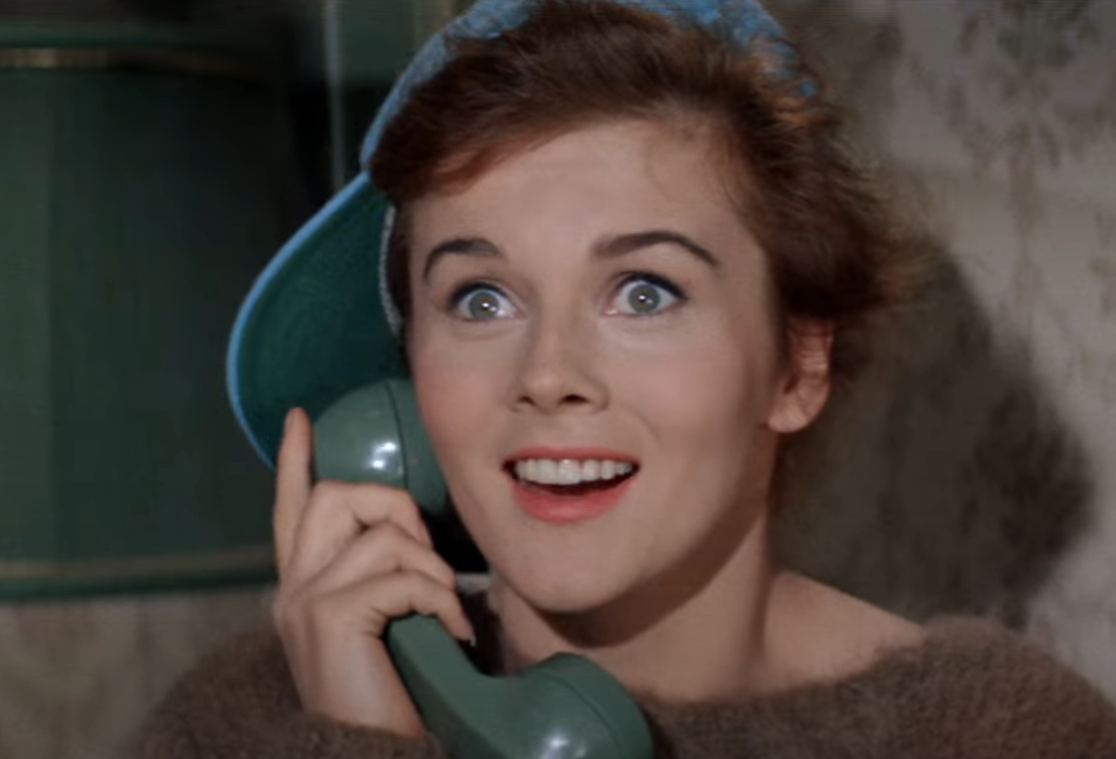 Kohlmar-Sidney Productions, Bye Bye Birdie (1963)
Kohlmar-Sidney Productions, Bye Bye Birdie (1963)
23. She Got All the Shots
Ann-Margret wasn’t supposed to be the lead in the film—but it was starting to look like she was. Psycho star Janet Leigh, who had the lead female role, started to notice that most of the close-up shots were of Ann-Margret and not her. This reportedly made her “very upset”.
Leigh wasn’t the only one who got mad.
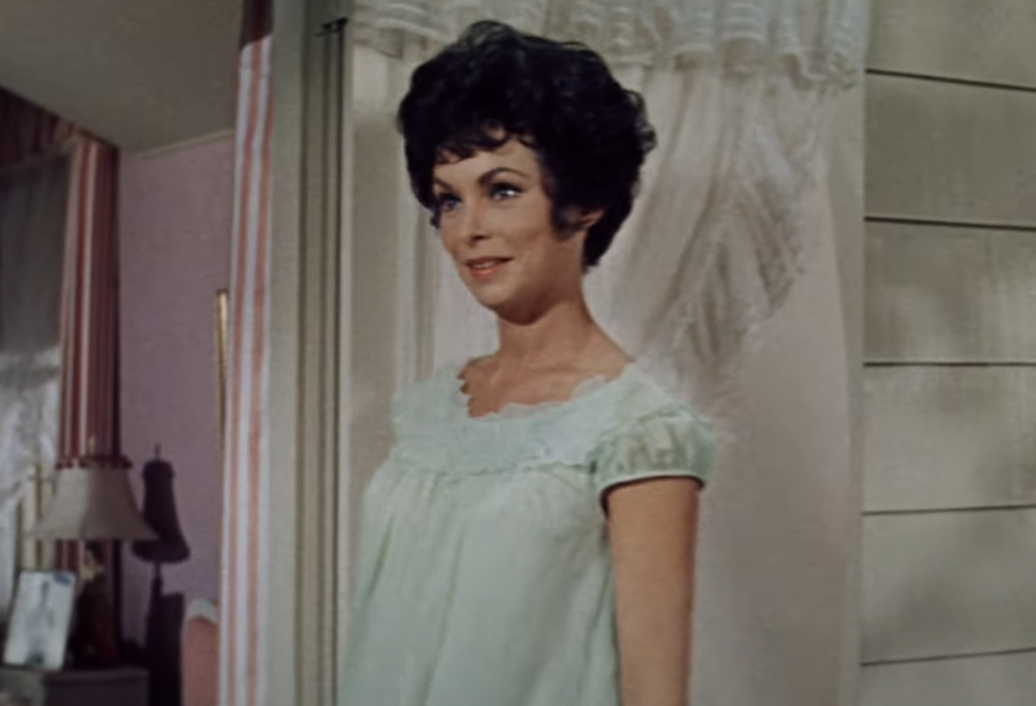 Kohlmar-Sidney Productions, Bye Bye Birdie (1963)
Kohlmar-Sidney Productions, Bye Bye Birdie (1963)
24. He Resented Her
Dick Van Dyke had been in both the stage and screen versions of Bye Bye Birdie, and he resented the fact that Ann-Margret was getting more attention than he was. But he knew this would happen the moment he walked on the set.
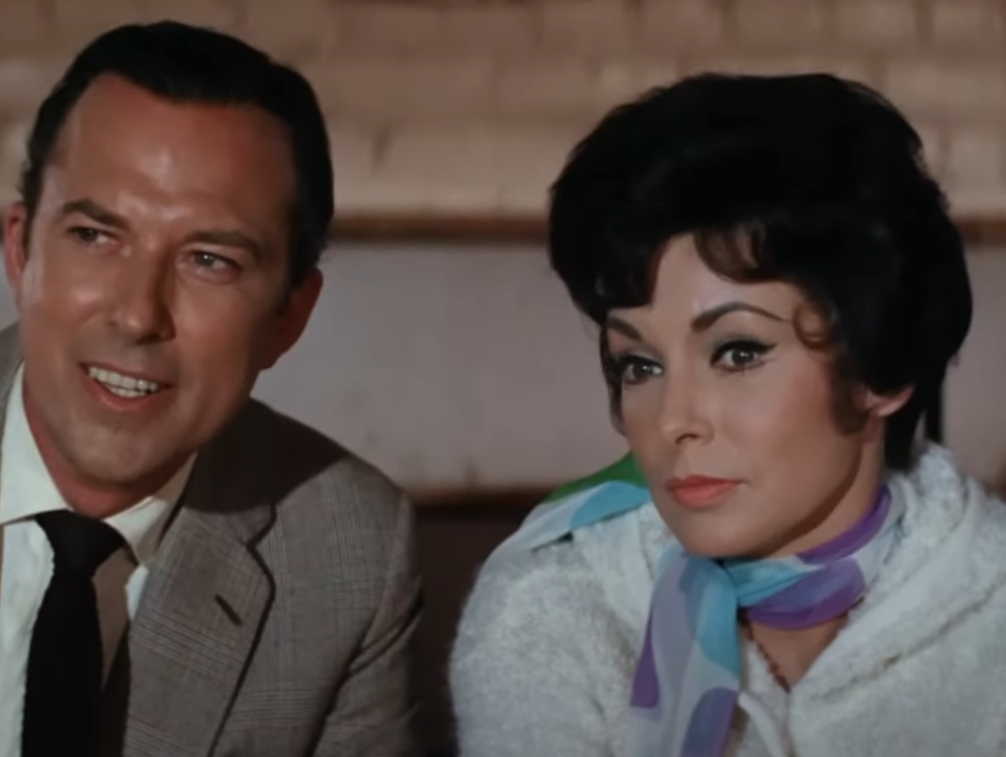 Kohlmar-Sidney Productions, Bye Bye Birdie (1963)
Kohlmar-Sidney Productions, Bye Bye Birdie (1963)
25. She Got A Little Too Close
When Dick Van Dyke walked onto the set of Bye Bye Birdie, he immediately knew he was in trouble—and the reason why was scandalous. He saw Ann-Margret sitting in the director’s lap. He knew this meant that Ann-Margret’s part would be suddenly bigger than in the musical. But Van Dyke had plans for some sweet revenge.
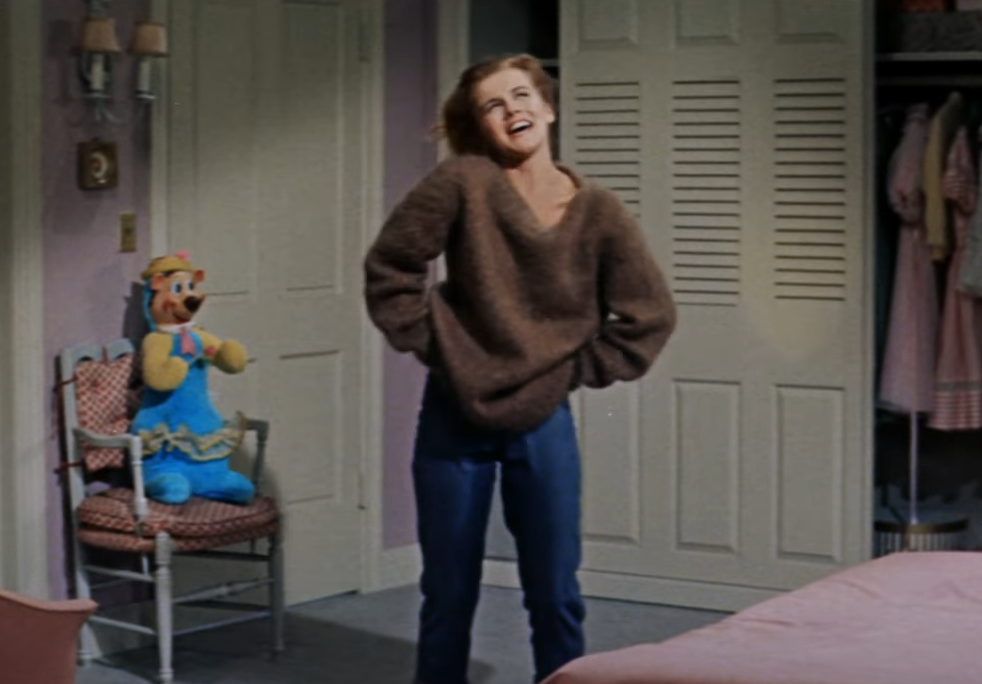 Kohlmar-Sidney Productions, Bye Bye Birdie (1963)
Kohlmar-Sidney Productions, Bye Bye Birdie (1963)
26. It Was Her Show
When Bye Bye Birdie hit the theaters, Van Dyke was ready. He went out and told his friends—and everyone he worked with—not to bother seeing that film. He said it was “just ‘The Ann-Margret Show’”.
It might like no one on Bye Bye Birdie liked Ann-Margret, but actually, the opposite was true.
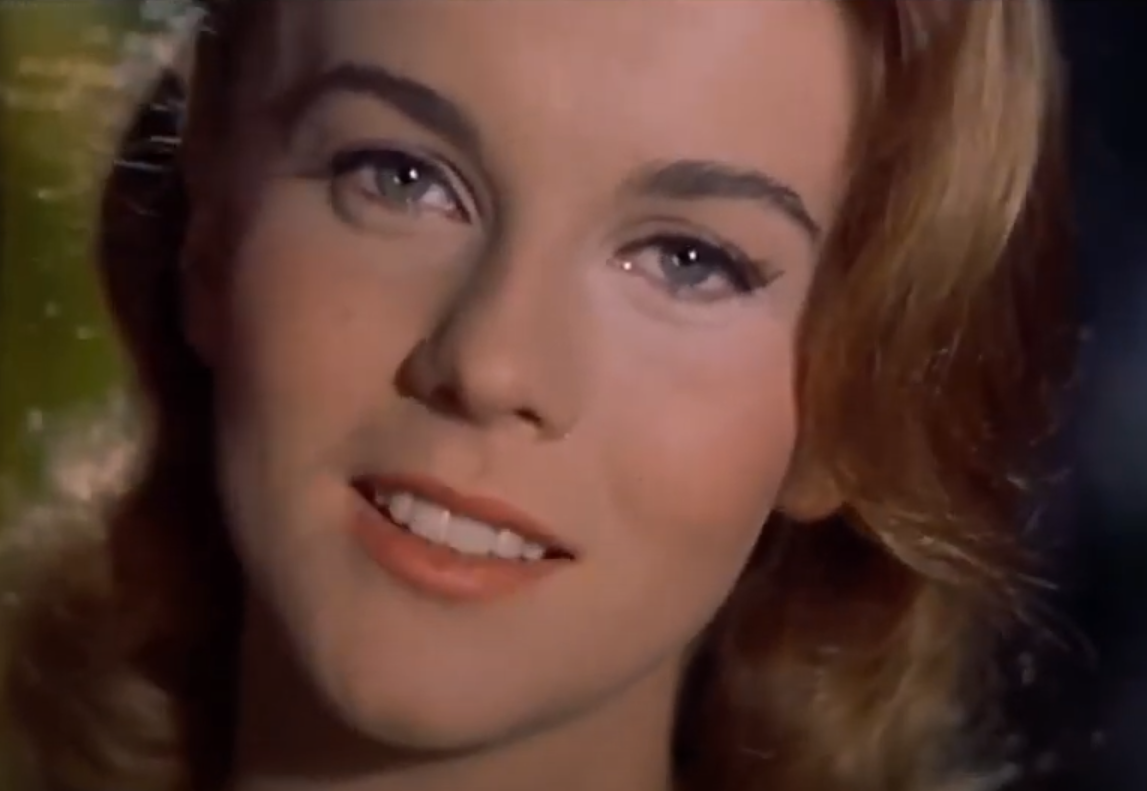 Kohlmar-Sidney Productions, Bye Bye Birdie (1963)
Kohlmar-Sidney Productions, Bye Bye Birdie (1963)
27. He Wanted More
After filming Bye Bye Birdie, the director—George Sidney—could not believe Ann-Margret’s talent. In fact, he wanted to use her even more. He went to the execs at Columbia and said he wanted to shoot an opening and a closing number featuring Ann-Margret. The execs said no, but that didn’t stop Sidney.
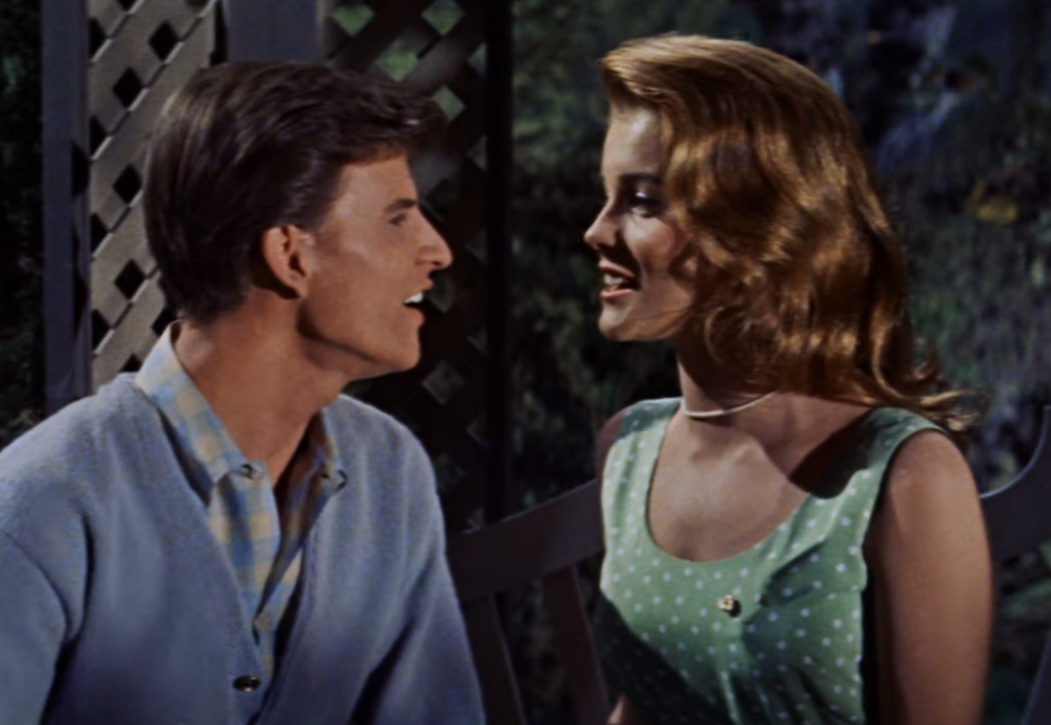 Kohlmar-Sidney Productions, Bye Bye Birdie (1963)
Kohlmar-Sidney Productions, Bye Bye Birdie (1963)
28. He Wanted Her Bad
The Bye Bye Birdie director dug deep into his own pocket and paid to film Ann-Margret singing for the film’s opening. He even got the lyricist and composer to write a song just for her. It cost him $60,000 of his own money. But it wasn't just the director who had eyes for Ann-Margret.
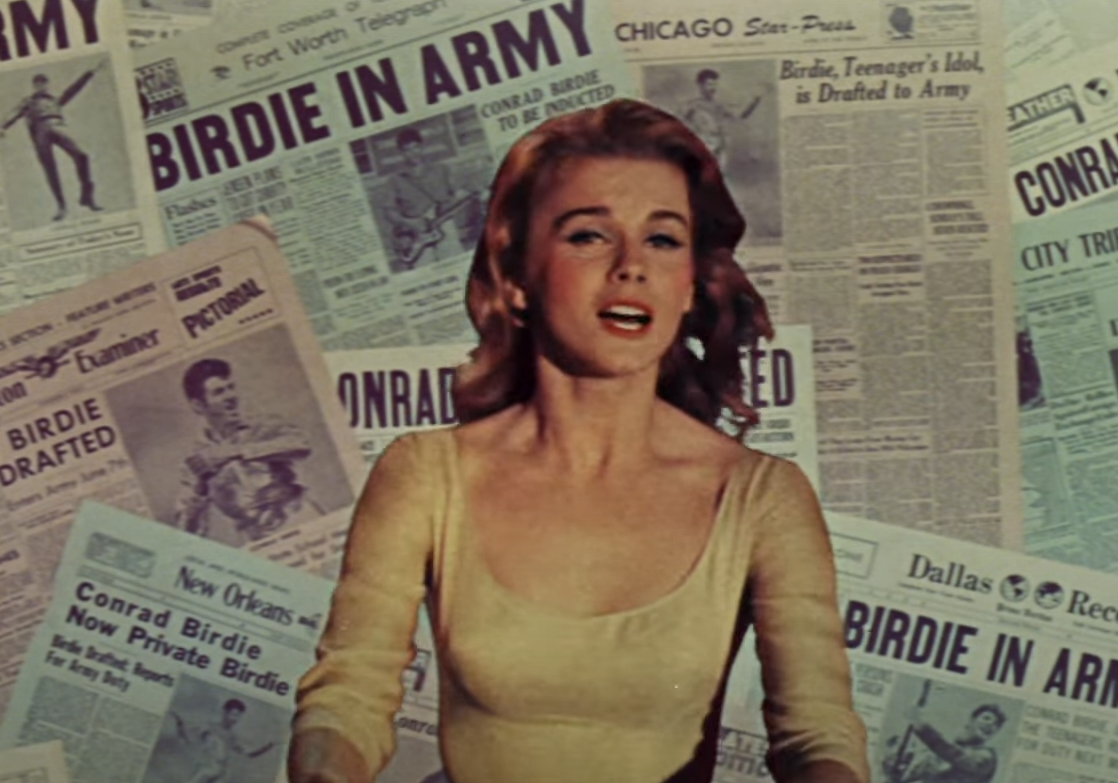 Kohlmar-Sidney Productions, Bye Bye Birdie (1963)
Kohlmar-Sidney Productions, Bye Bye Birdie (1963)
29. She Was In Demand
At the wrap party for Bye Bye Birdie, costar Maureen Stapleton asked Ann-Margret to sit next to her. It was for a stunning reason. Stapleton said that it was to keep her safe, as Stapleton was one of the few people there who didn’t want to sleep with her.
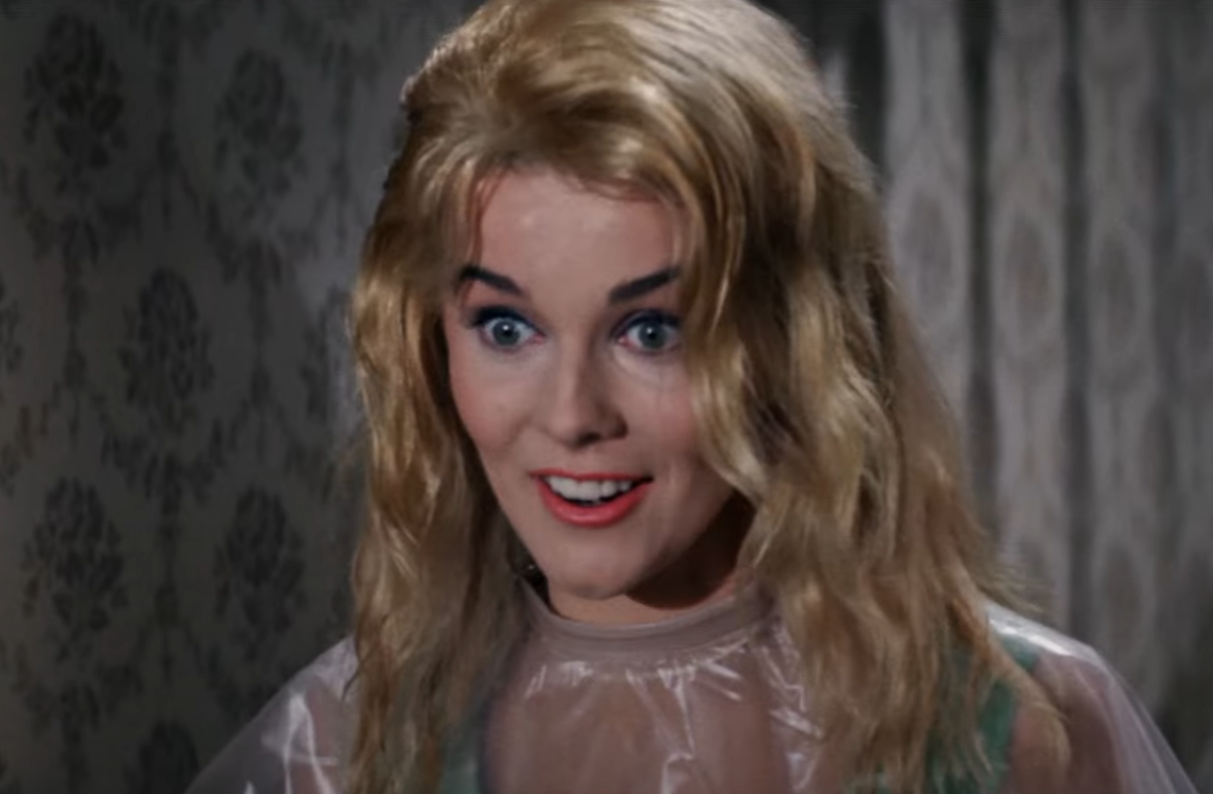 Kohlmar-Sidney Productions, Bye Bye Birdie (1963)
Kohlmar-Sidney Productions, Bye Bye Birdie (1963)
30. She Made It Hot
It wasn’t just the wrap party where Ann-Margret was heating things up. When Bye Bye Birdie played Radio City Music Hall, Life magazine said that her dancing did a better job of heating the theaters than the central heating system.
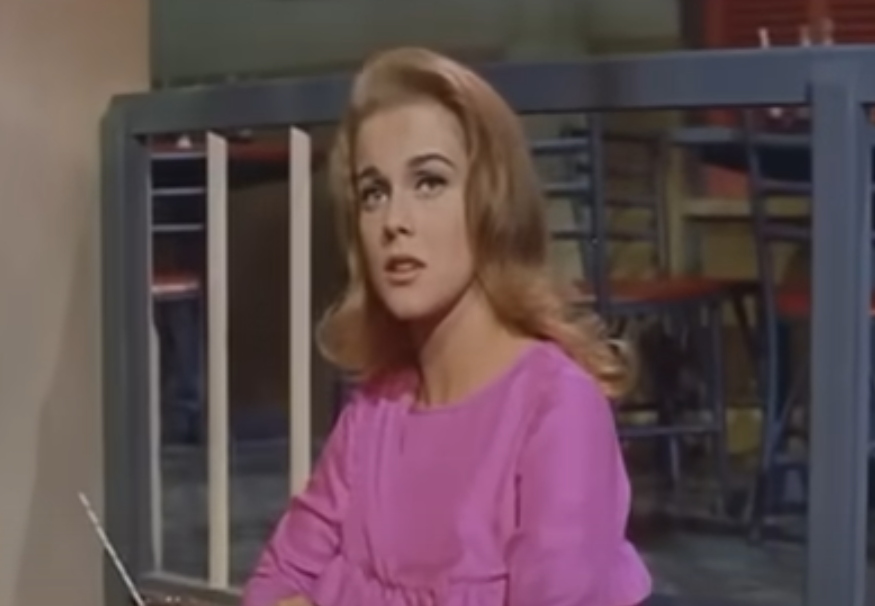 Kohlmar-Sidney Productions, Bye Bye Birdie (1963)
Kohlmar-Sidney Productions, Bye Bye Birdie (1963)
31. She Was The Only One
When it came time for awards season, Bye Bye Birdie didn’t get much attention. There was only one nomination for acting and it went to…drum roll, please…Ann-Margret. The Golden Globes put her up for Best Actress in a Motion Picture-Musical Comedy. This likely made the rest of the cast green with envy.
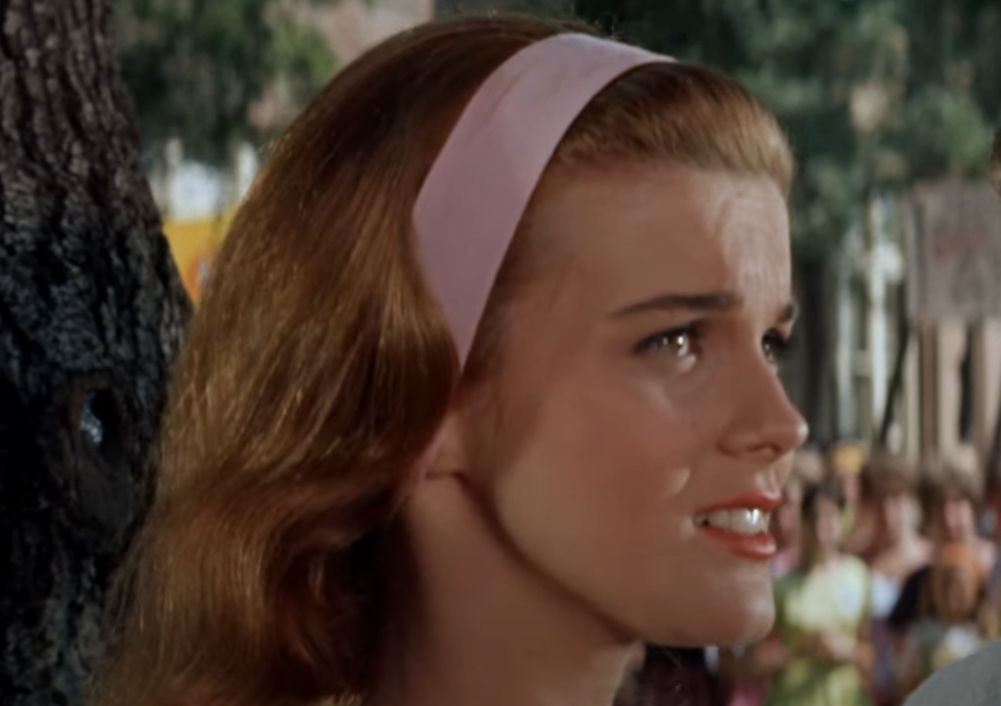 Kohlmar-Sidney Productions, Bye Bye Birdie (1963)
Kohlmar-Sidney Productions, Bye Bye Birdie (1963)
32. She Was An Inspiration
Years later, when the folks at Marvel Comics were drawing the first-ever picture of Spiderman’s girlfriend Mary Jane Watson, they needed inspiration. The story goes that it was Ann-Margret in her role in Bye Bye Birdie that inspired Mary Jane’s look.
Next, Ann-Margret was off to heat up a party for the most famous man in America.
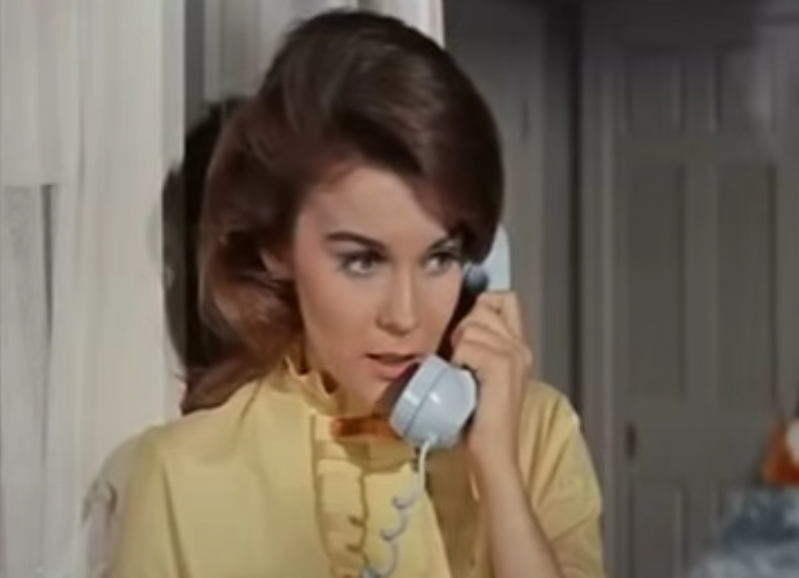 Kohlmar-Sidney Productions, Bye Bye Birdie (1963)
Kohlmar-Sidney Productions, Bye Bye Birdie (1963)
33. She Sang For The Prez
When then-US President John F Kennedy had a birthday party, he wanted Ann-Margret to sing him a song. It was a year after Marilyn Monroe’s infamous “Happy Birthday to You” performance. Those were big shoes to fill, but Ann-Margret took it to the next level.
She one upped Monroe by asking the president to some home with her in “Baby Won’t You Please Come Home”.
 Unknown photographer, Wikimedia Commons
Unknown photographer, Wikimedia Commons
34. She Had To Match
George Sidney, the Bye Bye Birdie director, still hadn’t had enough of Ann-Margret. His next film was with Elvis Presley and he wanted to bring Ann-Margret along for the fun. The film was called Viva Las Vegas and the word on the street was that they were looking for someone who could match Presley’s on-screen energy.
Ann-Margret had her work cut out for her.
35. She Showed Off
The first thing Ann-Margret did for her role opposite Presley was to get a more revealing wardrobe. This was her first feature film where she wasn’t playing a teenager, so she wanted to make sure everyone was sure she was an adult woman—with all her curves on display.
36. She Was Too Much
Ann-Margret brought her A-game to Viva Las Vegas, but she may have brought too much. Of the three songs they recorded together for the film, they only released two. Apparently, Presley’s manager thought that Ann-Margret overshadowed Presley.
37. She Was Above Him
Another problem came about with the marquees at the cinemas. Ann-Margret’s star was soaring at the time, and some of the theaters opted to put her name above Presley’s. When it came to the soundtrack of this film, there was a similar problem.
38. There Wasn’t Room For Both
If you want to get a copy of the soundtrack to Viva Las Vegas…you can’t. Director Geroge Sidney wouldn't sign off on a soundtrack without giving equal billing to Ann-Margret and Presley. Presley’s manager Colonel Tom Parker was not about to let that happen, so they shelved the idea.
39. They Got One Quite Well
Now you may think that, with all this competition between the two leads, Ann-Margret and Presley weren’t getting along. As it turned out, they were getting along just fine. While filming Viva Las Vegas, the two A-listers began seeing each other.
40. He Had Someone Back At Home
While Presley was cavorting around with Ann-Margret, his girlfriend—Priscilla Beaulieu—was back at Graceland. That’s when things blew up in their faces. When a gossip columnist announced in error that Presley and Ann-Margret had marriage plans, Beaulieu got so angry that she threw a vase at him.
But that wasn’t about to douse the flames of this fiery romance.
41. They Carried On
Ann-Margret and Presley continued to see each other for a full year before he broke it off—and broke her heart. If you were thinking it was a friends-with-benefits situation, you’re wrong. Ann-Margret later said that they were soulmates and that they had talked about marriage.
42. She Got Animated
Much of Ann-Margret’s appeal seemed to be on the steamy side, but she had something for the kids too. The animated show The Flintstones, had her on as a guest voice and even animated a version of her. They called her “Ann-Margrock” and called the episode “Viva Rock Vegas”.
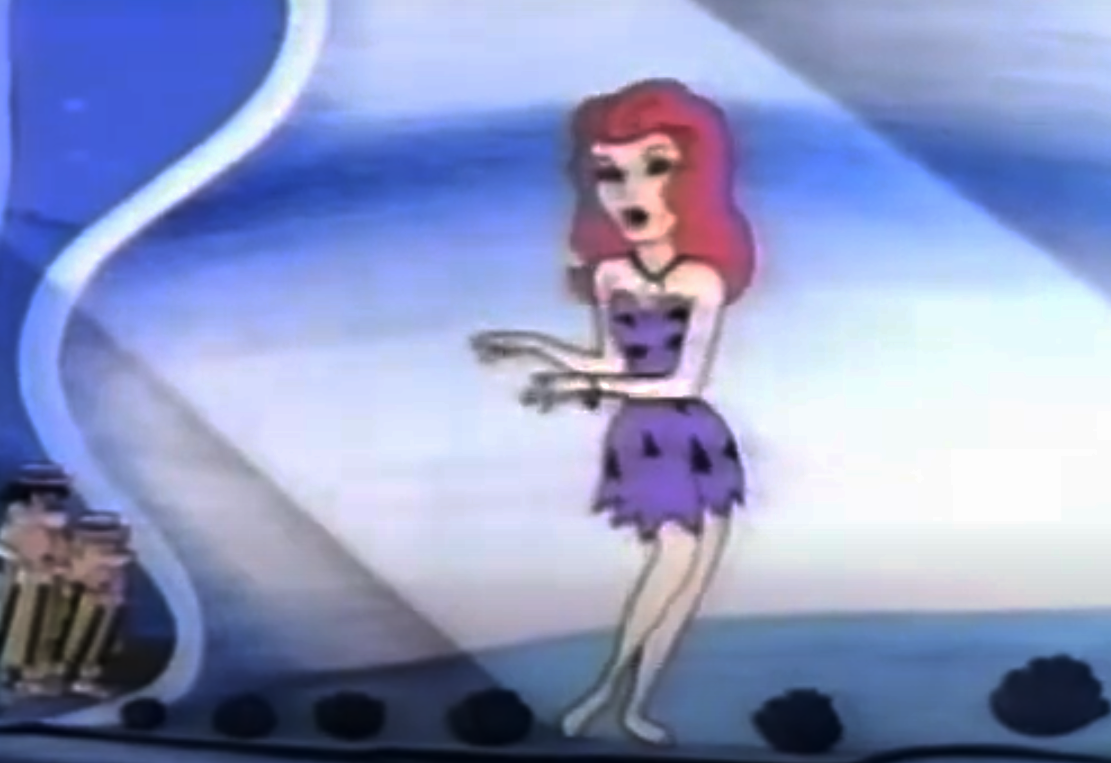 Screen Gems, The Flintstones (1960–1966)
Screen Gems, The Flintstones (1960–1966)
43. She Wanted A Change (1964)
In 1964, Ann-Margret was looking for a change. She wanted audiences to take her seriously. The film she hoped would help her was Kitten with a Whip. In it, she played a dangerous juvenile delinquent who gives a man some serious trouble. Sadly, it was the film that was actually in trouble.
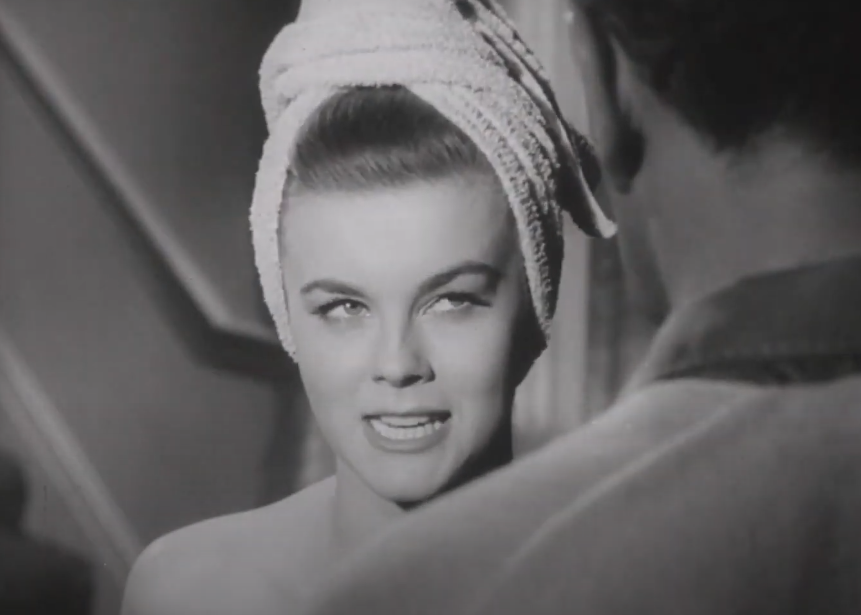 Universal, Kitten with a Whip (1964)
Universal, Kitten with a Whip (1964)
44. It Failed To Delight
Kitten with a Whip received some dubious recognition after its release. Not only did critics not like it, it also got added a list titled the “100 Most Amusingly Bad Movies Ever Made”. However, it does have one surprising fan—fellow bad girl Lindsay Lohan says it’s one of her favorite movies.
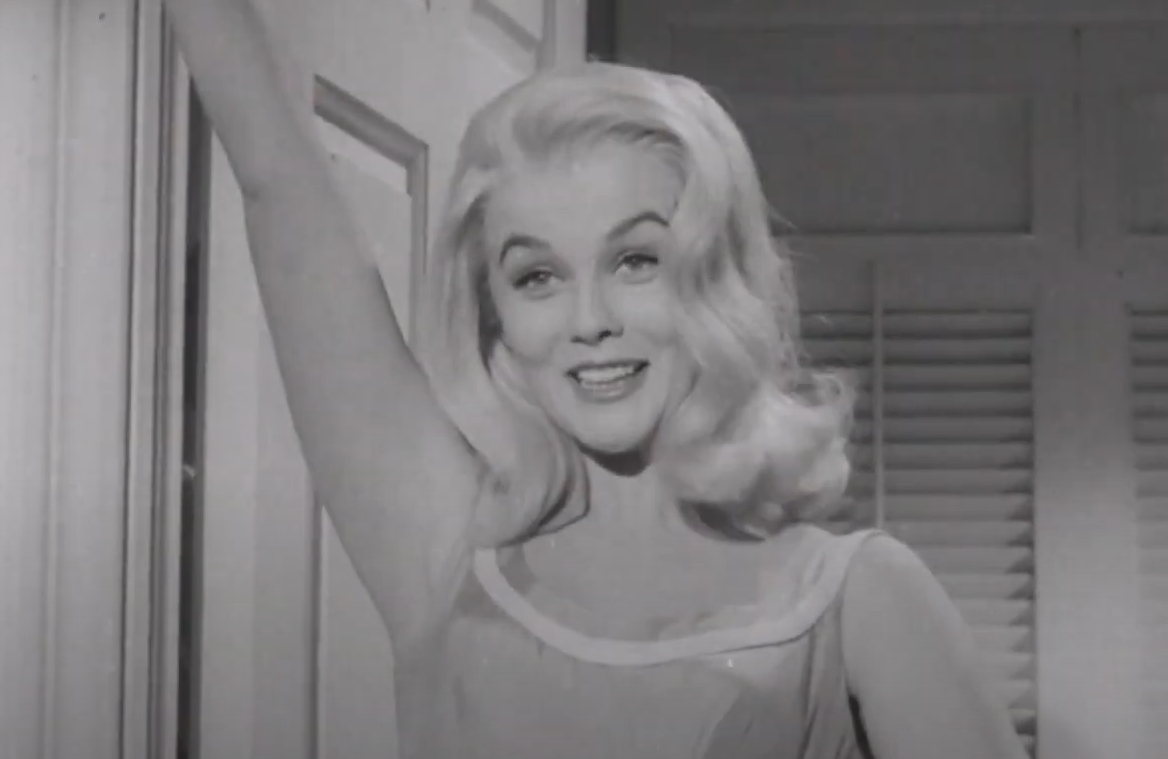 Universal, Kitten with a Whip (1964)
Universal, Kitten with a Whip (1964)
45. She Got Paid Less
In spite of Kitten with a Whip, Ann-Margret’s star was certainly soaring. Sadly, she still had her old contract with 20th Century Fox. This meant she had to make movies for them at a pay rate that certainly didn’t match her level of fame. In 1965, she made The Pleasure Seekers and earned a total of $2,000 a week.
Not only that, the film tanked.
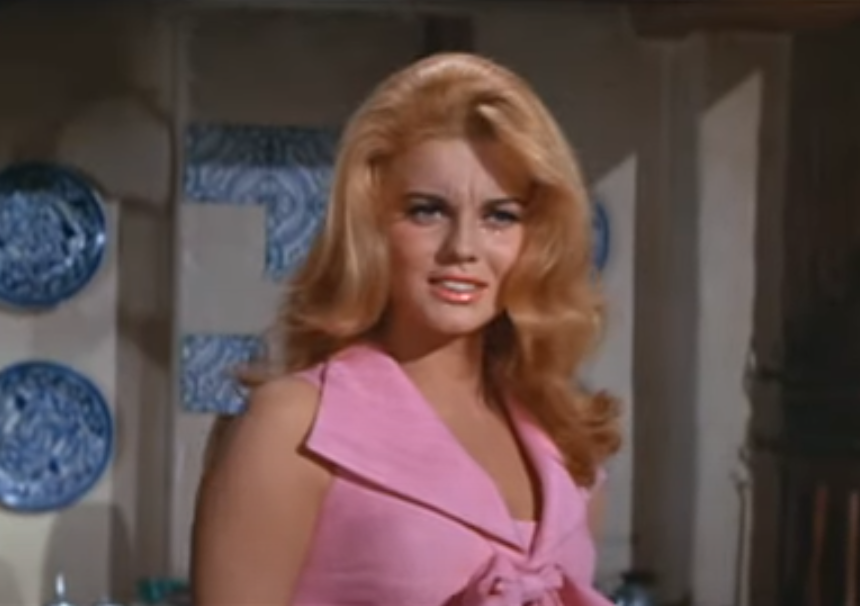 Twentieth Century, The Pleasure Seekers (1964)
Twentieth Century, The Pleasure Seekers (1964)
46. She Couldn’t Grow Up
The Pleasure Seekers was not much of a pleasure for audiences or critics. It lost money—and Ann-Margret had her own theory as to why. She said that audiences just wanted to see her as a teenager, and not as a woman. Apparently, behind the scenes, Ann-Margret was very much a grown-up.
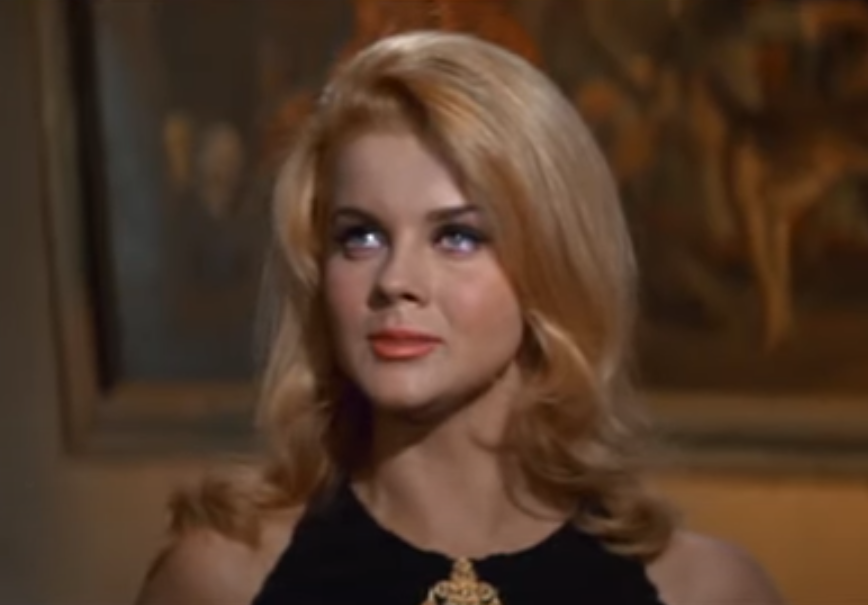 Twentieth Century, The Pleasure Seekers (1964)
Twentieth Century, The Pleasure Seekers (1964)
47. He Was Extraordinary
There were rumors that while filming The Pleasure Seekers, Ann-Margret was finding some pleasure of her own. This was supposedly with her co-star Gardner McKay. Writer Dominick Dunne had once called McKay “extraordinarily handsome”. I guess Ann-Margret agreed.
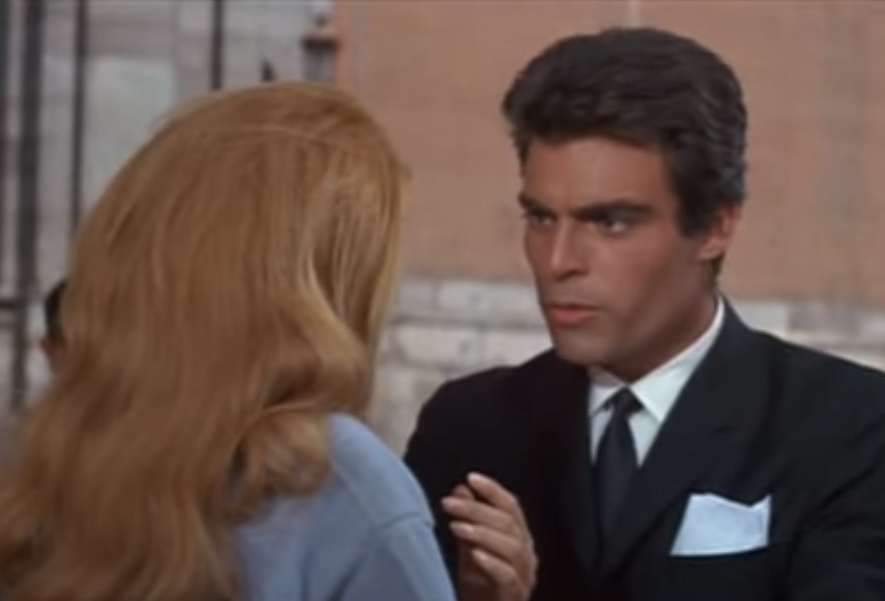 Twentieth Century, The Pleasure Seekers (1964)
Twentieth Century, The Pleasure Seekers (1964)
48. She Needed A Hit
Since the high of Viva Las Vegas, Ann-Margret had appeared in two not-so-successful films. Producers tended to notice these kinds of things, so Ann-Margret was looking for her next film to be a hit. One thing Bus Riley’s Back in Town had going for it was a Pulitzer Prize-winning writer: William Inge.
The producers were also excited about the male lead. Maybe too excited.
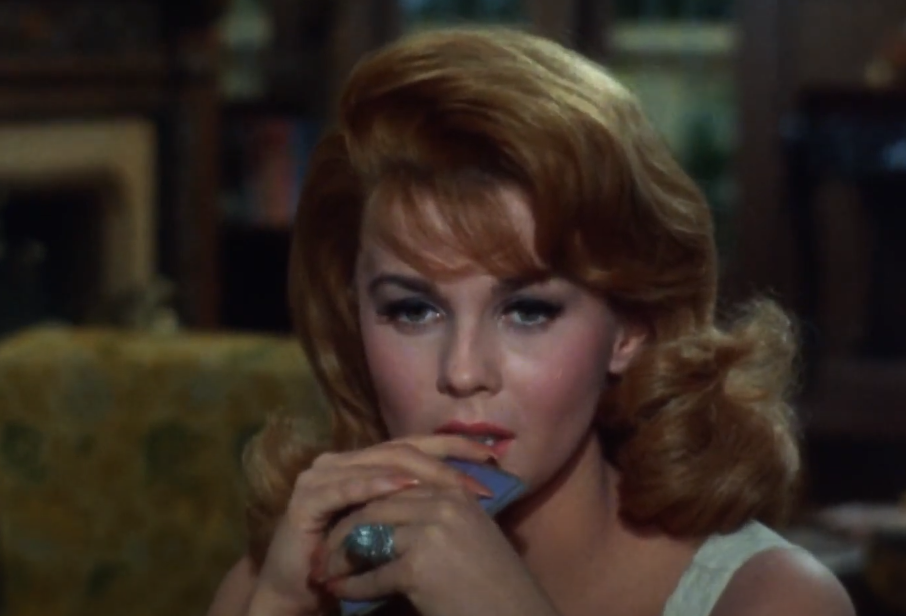 Universal, Bus Riley's Back in Town (1965)
Universal, Bus Riley's Back in Town (1965)
49. She Wasn’t Number One
Ann-Margret had already taken away her share of top billing from other actors, but now the tables were turning. Universal Pictures was sure Michael Parks would be a big star, so they promoted him heavily. Which likely didn’t sit well with Ann-Margret.
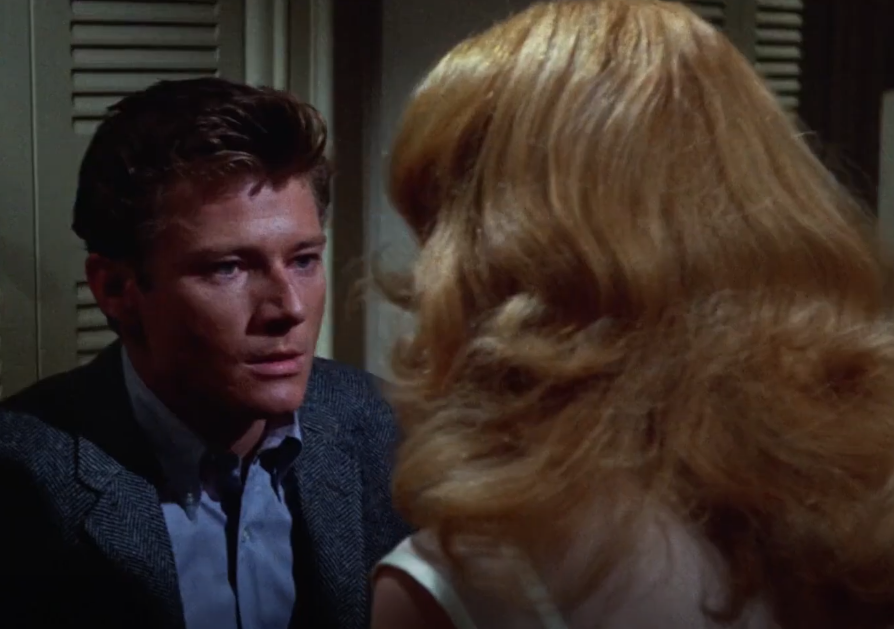 Universal, Bus Riley's Back in Town (1965)
Universal, Bus Riley's Back in Town (1965)
50. There Was A Problem
By the time they’d shot Bus Riley’s Back in Town and were ready to get it into theaters, the writer had his name removed from it. This was a really bad sign, and everyone wanted to know why. As it turned out, Ann-Margret was at the center of this controversy.
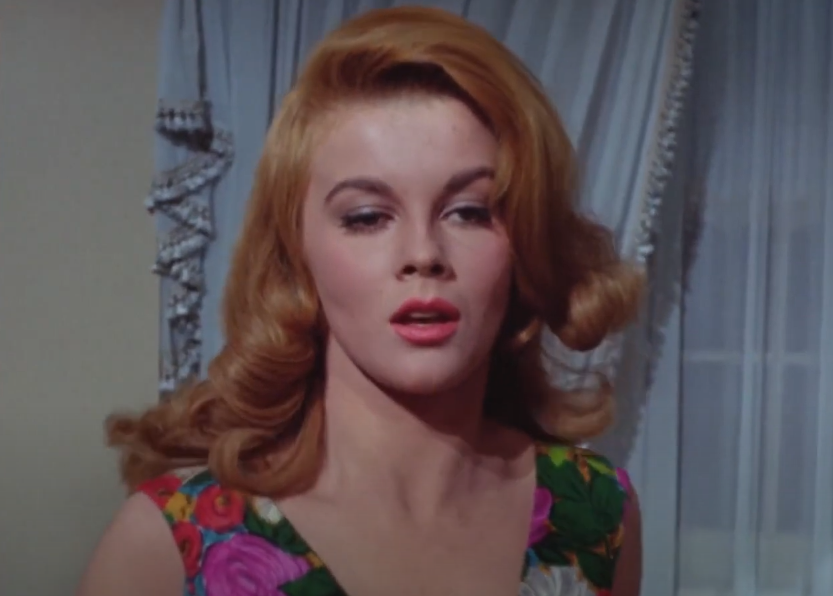 Universal, Bus Riley's Back in Town (1965)
Universal, Bus Riley's Back in Town (1965)
51. She Was Too Mean
Some critics believed that Inge had his name removed because Universal had made the film too much about Ann-Margret. But that wasn’t totally true. You see, Ann-Margret’s character was so bad that Universal didn’t want to corrupt young women, so they softened the character.
The bad news was that Ann-Margret did not get the hit movie she needed.
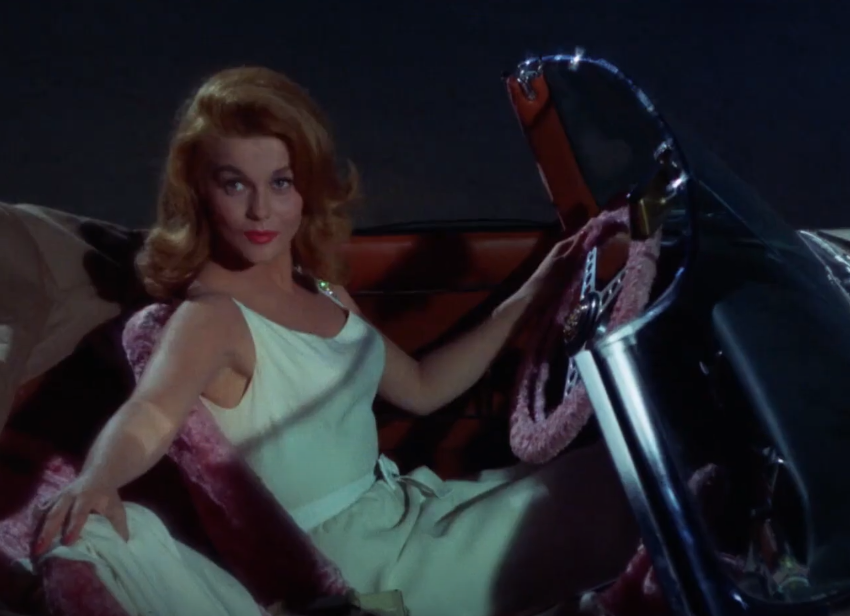 Universal, Bus Riley's Back in Town (1965)
Universal, Bus Riley's Back in Town (1965)
52. She Was Second Fiddle
Still in search of a hit film, Ann-Margret appeared in Once a Thief. Once again, the production seemed to put Ann-Margret behind her male co-star. This time it was French heartthrob Alain Delon who was getting all the attention. It didn’t take long for Ann-Margret to show her dissatisfaction.
53. She Hit Him
While filming Once A Thief, Ann-Margret had to throw an ashtray at her co-star Delon. What ended up happening was that Ann-Margret missed Delon—and hit the director. While most thought it was an accident, could it be that Ann-Margret was showing the director how she felt about Delon taking the spotlight?
54. She Was In No Hurry
While the director was healing from his wounds, Ann-Margret was out dating. She’d met Roger Smith a while before, and now he was performing in a nightclub in San Francisco. The weather ended up making for more delays when filming, and Ann-Margret took it as a sign to continue cavorting with Smith.
55. She Got The Wrong One
They did eventually finish shooting Once a Thief and it did hit the theaters. Sadly, neither critics nor audiences fully enjoyed it—and another circumstance truly dug the knife in for Ann-Margret. She’s actually chosen Once a Thief over another part that had been offered to her. That film was Cat Ballou, the Western that propeled Jane Fonda to stardom. Ouch.
56. She went Down A Notch
Ann-Margret hadn’t had a hit film since Viva Las Vegas, and now she was treading in dangerous waters. She and her manager decided to do things differently. For her next film, she’d take a supporting role. The film was The Cincinnati Kid and Steve McQueen was the lead.
This had to go well.
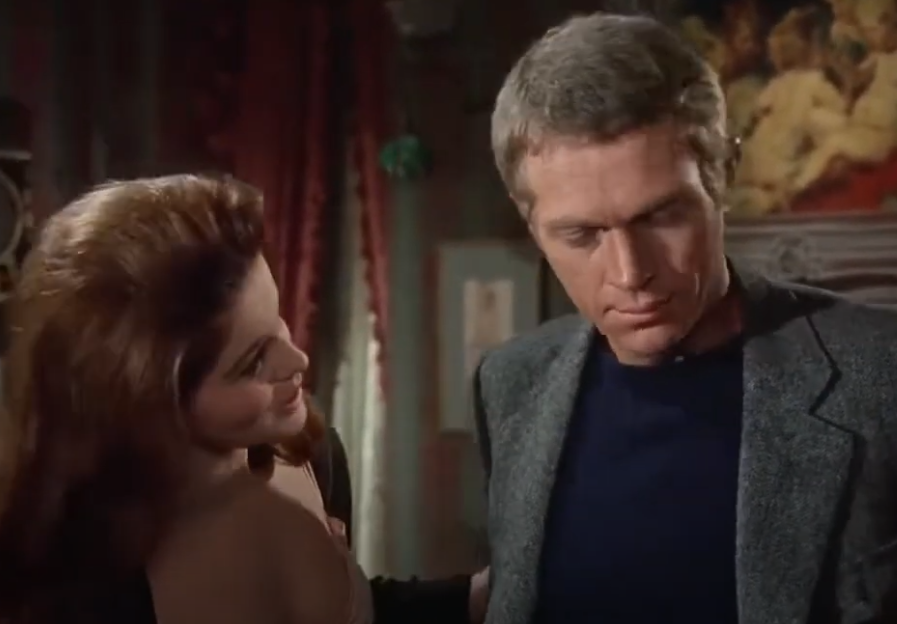 Filmways Pictures, The Cincinnati Kid (1965)
Filmways Pictures, The Cincinnati Kid (1965)
57. She Got A Break
As it turned out, 1965’s The Cincinnati Kid was close enough to a hit for Ann-Margret. There were some unfavorable comparisons to a similar film called The Hustler, but that didn’t matter. It seemed that Ann-Margret had broken her run of flops. It looked like clear sailing—except it wasn’t.
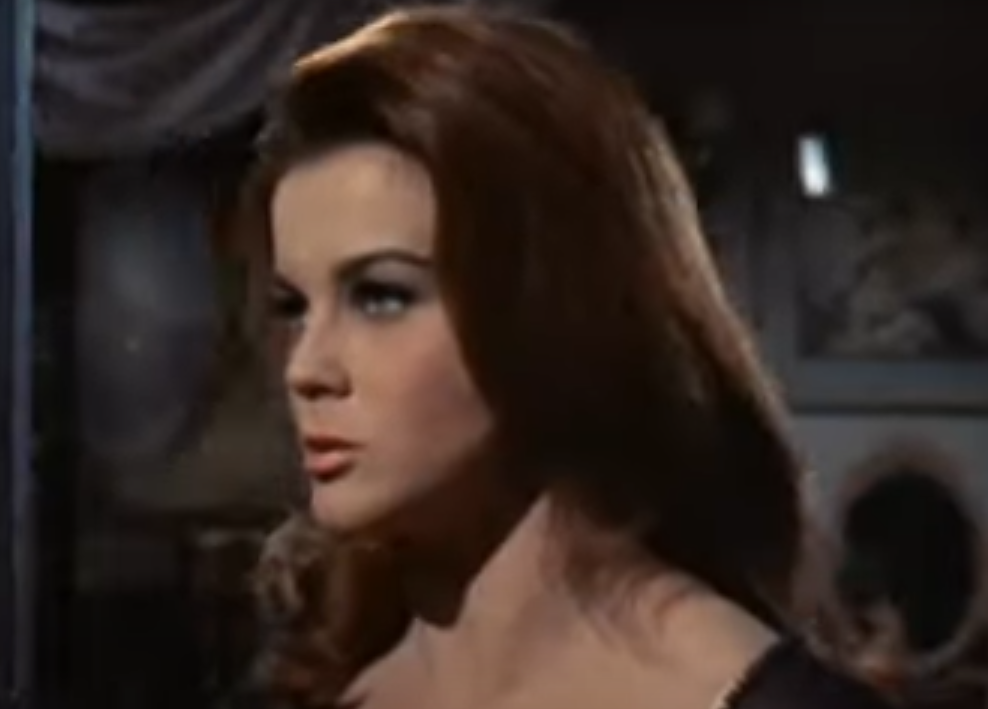 Filmways Pictures, The Cincinnati Kid (1965)
Filmways Pictures, The Cincinnati Kid (1965)
58. She Had A String Of Duds
Sadly, Ann-Margret followed up The Cincinnati Kid with some not-so-popular films. She made Made in Paris, which was not successful. In Stagecoach, she got top billing only because they listed the actors in alphabetical order. Later that same year she appeared in The Swinger, which one critic said nearly ended her career. 1966 was looking like the end of Ann-Margret.
59. She Was Safe
At the end of 1966, Ann-Margret still had a fourth film left in her. This was Murderers’ Row with Dean Martin. Only a hit film could salvage the year that she’d had. While this film didn't exactly go down in cinematic history, it was that year’s 11th highest-grossing movie.
Ann-Margret was safe to live another day.
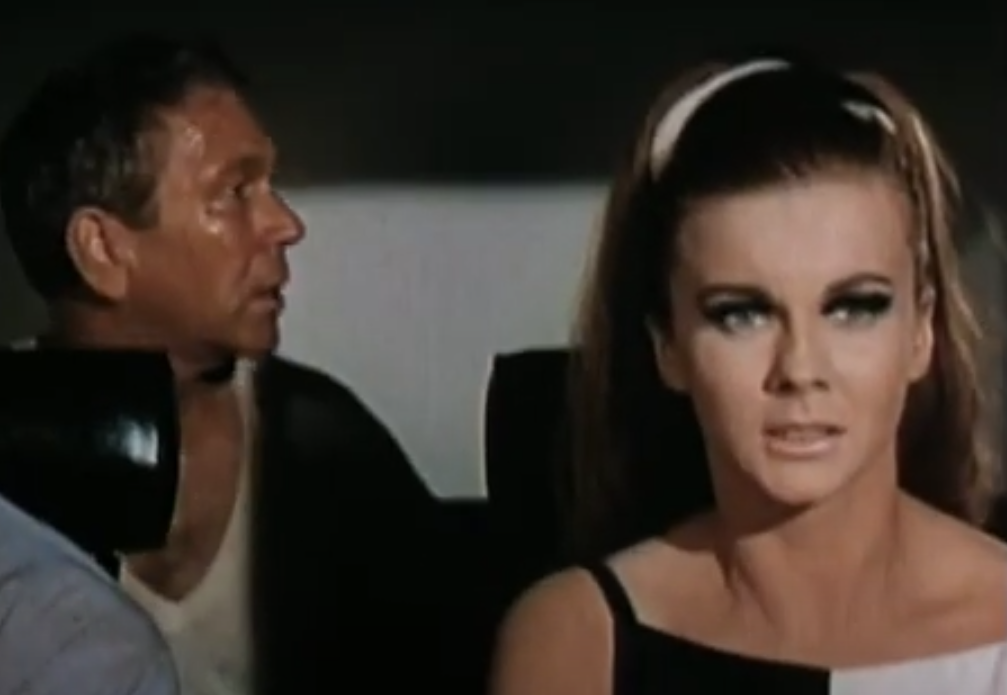 Columbia, Murderers' Row (1966)
Columbia, Murderers' Row (1966)
60. She Followed Closely Behind
As far as her personal life went, we can assume that watching her soulmate Elvis Presley finally marry Priscilla on May 1, 1967, was a low point. But Ann-Margret wasn’t about to take defeat lying down. So, she decided to marry her boyfriend Roger Smith just one week after the King’s marriage. Take that!
61. She Had An Instant Family
Another thing about Smith was that he didn't come to the relationship alone. He had three children from a previous marriage. Ann-Margret had gone from being the secret soulmate to the King Of Rock and Roll to being a step-mom.
62. He Sent Her Gifts
In the summer of 1967, Ann-Margret had no film prospects, so she hit Las Vegas for some live shows. As it turned out, the newly married Presley was in Vegas and decided to take in her show. It seemed that the romance had not totally fizzled. Presley sent her a floral arrangement in the shape of a guitar for each of her shows.
 National Archives at College Park, Wikimedia Commons
National Archives at College Park, Wikimedia Commons
63. She Hit The Small Screen
By this point, Ann-Margret’s husband was also managing her career. For many, this is a recipe for disaster—but there’s always an exception to the rule. One of Smith’s first moves was to get her on TV, and the gamble paid off.
The Ann-Margret Show was a big success and even got a second chance with Ann-Margret: From Hollywood With Love. The thing was, she still wanted to make films.
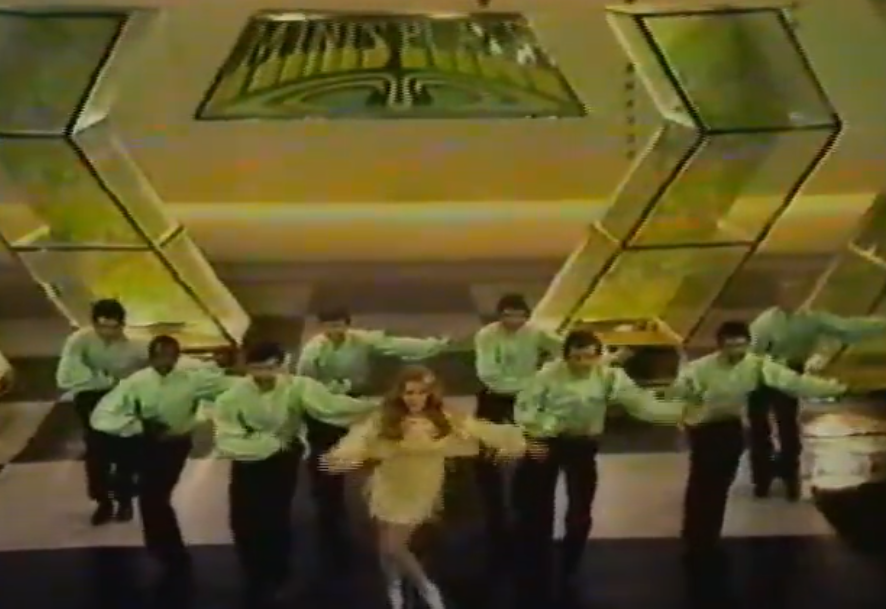 Rogallan Productions, The Ann-Margret Show (1968)
Rogallan Productions, The Ann-Margret Show (1968)
64. She Struck Gold
Over her career, Ann-Margret had learned a lesson. It was safer for her to play supporting roles. After decent parts in RPM and CC and Company, she hit the big time. Director Mike Nichols, who’d had a huge hit with The Graduate, wanted to see Ann-Margret for a part. The weird thing was why he wanted to see her.
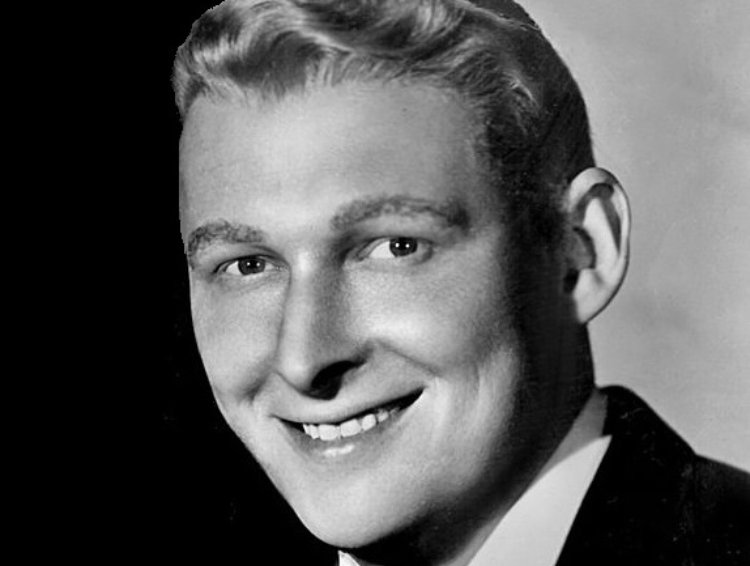 McManus - ebay, Wikimedia Commons
McManus - ebay, Wikimedia Commons
65. He Liked Her For A Strange Reason
Strangely enough, one of the reasons that director Mike Nichols gave for wanting to see Ann-Margret is because of her work in Kitten with a Whip. This was the Ann-Margret film that ended up on the “100 Most Amusingly Bad Movies Ever Made” list. But it didn’t matter.
Nichols liked her and offered her one of the most coveted roles on his new project.
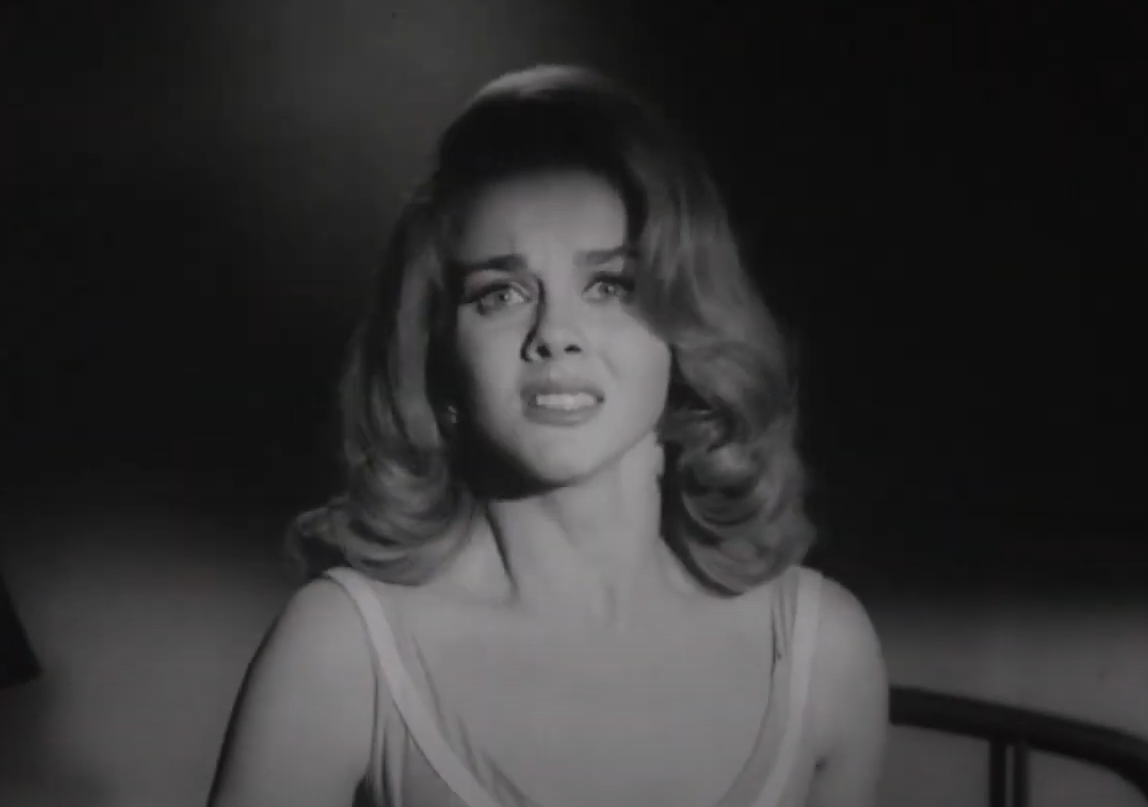 Universal, Kitten with a Whip (1964)
Universal, Kitten with a Whip (1964)
66. She Was A Hit
The film Nichols was making was Carnal Knowledge, where she appeared opposite Jack Nicholson, Candice Bergen and Arthur Garfunkel. The film was a hit with critics and audiences, and Ann-Margret took home a Golden Globe for Best Supporting Actress.
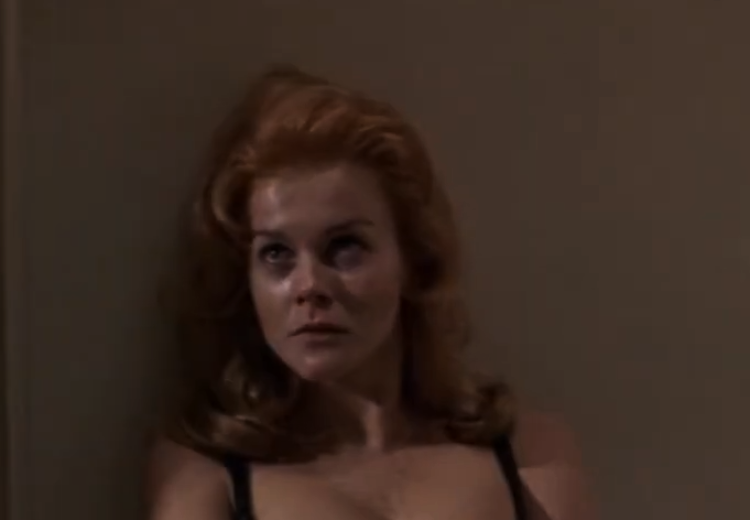 Embassy Pictures, Carnal Knowledge (1971)
Embassy Pictures, Carnal Knowledge (1971)
67. She Could Do Both
In 1975, director Ken Russell was looking for a performer who could act but also had an incredible singing voice. For this reason, he turned to Ann-Margret for his rock opera Tommy. Ann-Margret didn’t disappoint and even came out with a second Academy Award nomination and another Golden Globe win.
68. She Lost A Special One
August 16, 1977, was a sad day for music lovers. That was the day that Elvis Presley unexpectedly passed on. The very next day, Ann-Margret and her husband traveled to Memphis to say farewell to Elvis Presley. He’d been her soulmate, and she honored him in the TV special Memories of Elvis.
69. She Was Too Old
Ann-Margret had got her start playing a teenage girl in Bye Bye Birdie. When another musical-to-film part was announced, folks were hoping she’d snatch up the part of Sandy in Grease. However, Ann-Margret was 37 at this point, and it seemed too much of a stretch for her to play the teenaged girl once again.
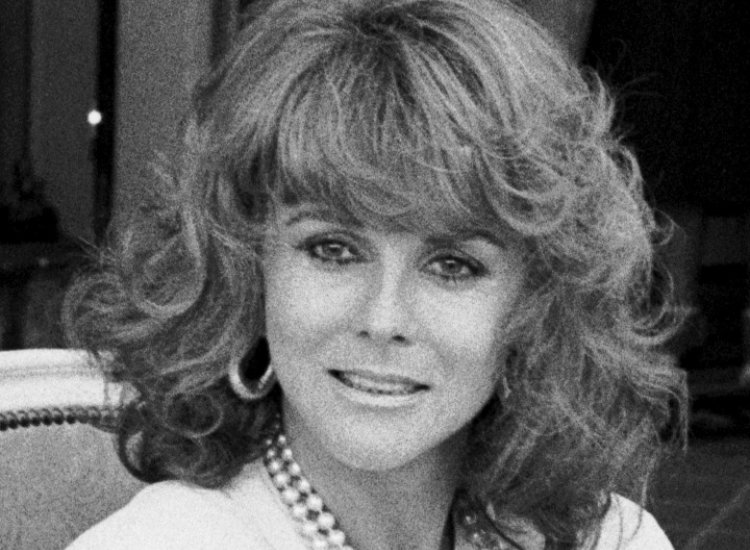 Roland Godefroy, CC BY-SA 3.0, Wikimedia Commons
Roland Godefroy, CC BY-SA 3.0, Wikimedia Commons
70. She’s Still Going Strong
She may not have landed Grease, but Ann-Margret continues to appear in movies and on TV. Her career has spanned an incredible seven decades, and there seems to be no end in sight. Another thing with longevity was her marriage. She stayed with her husband for 50 years, until he passed in 2017.

